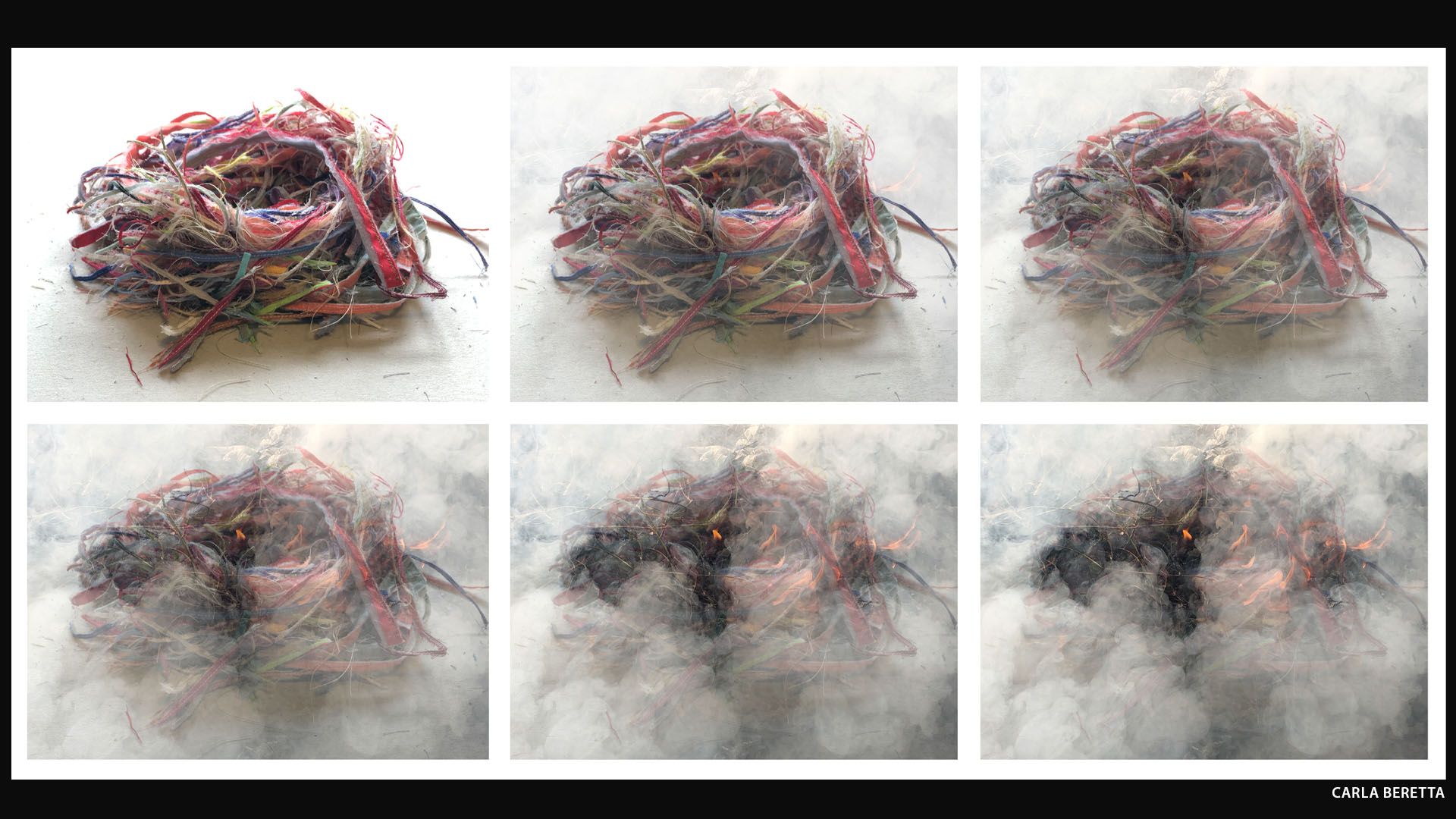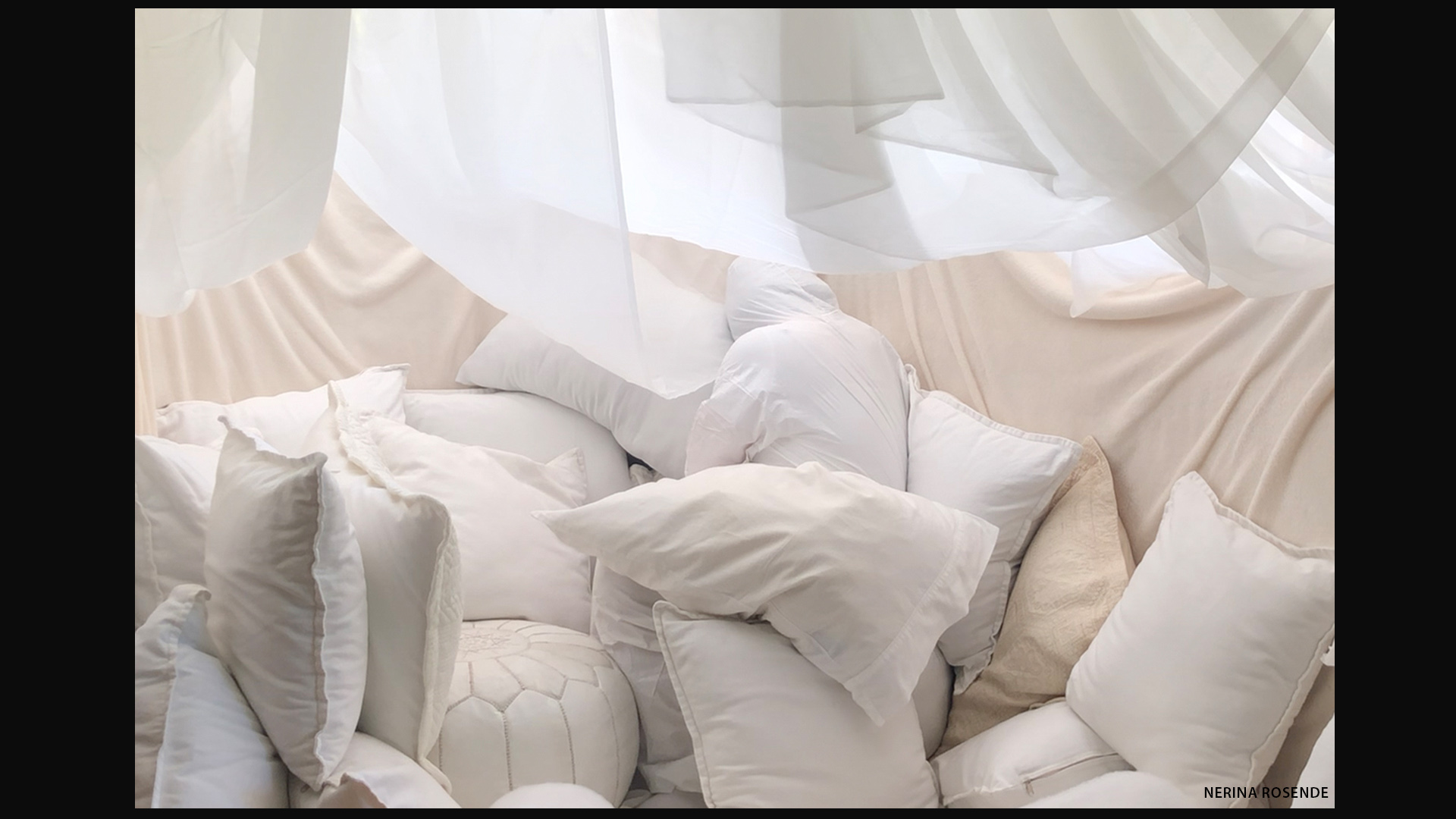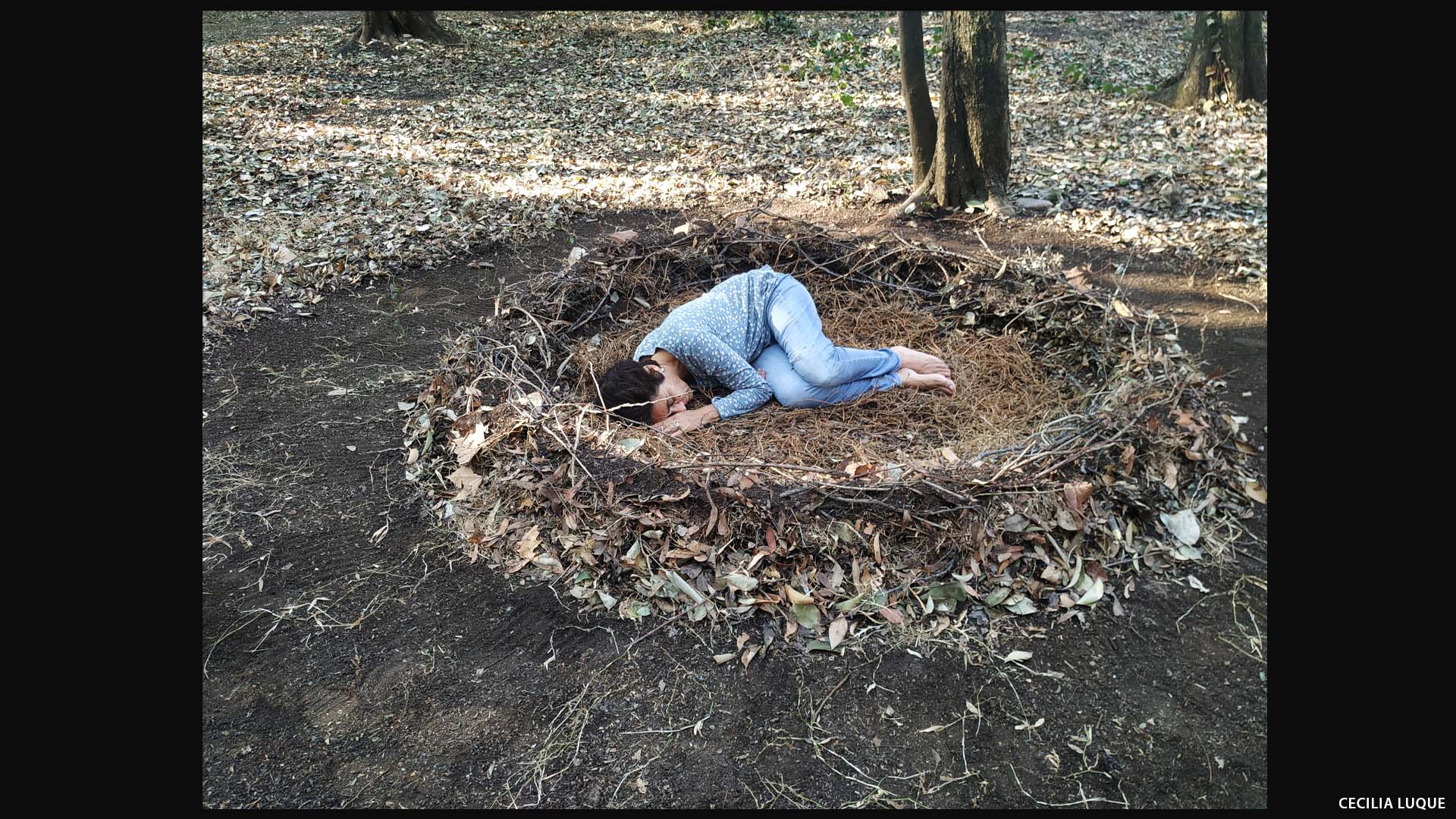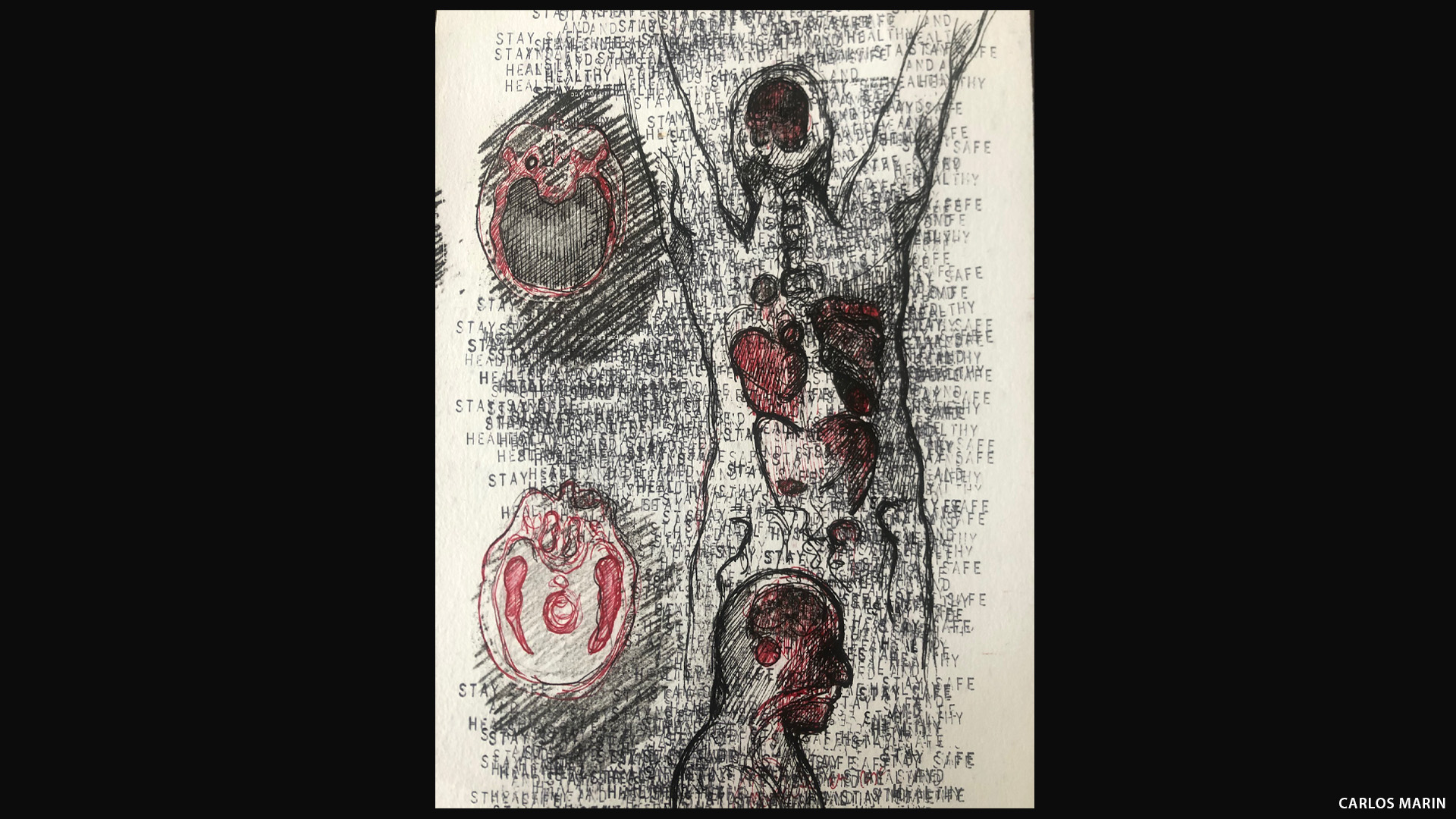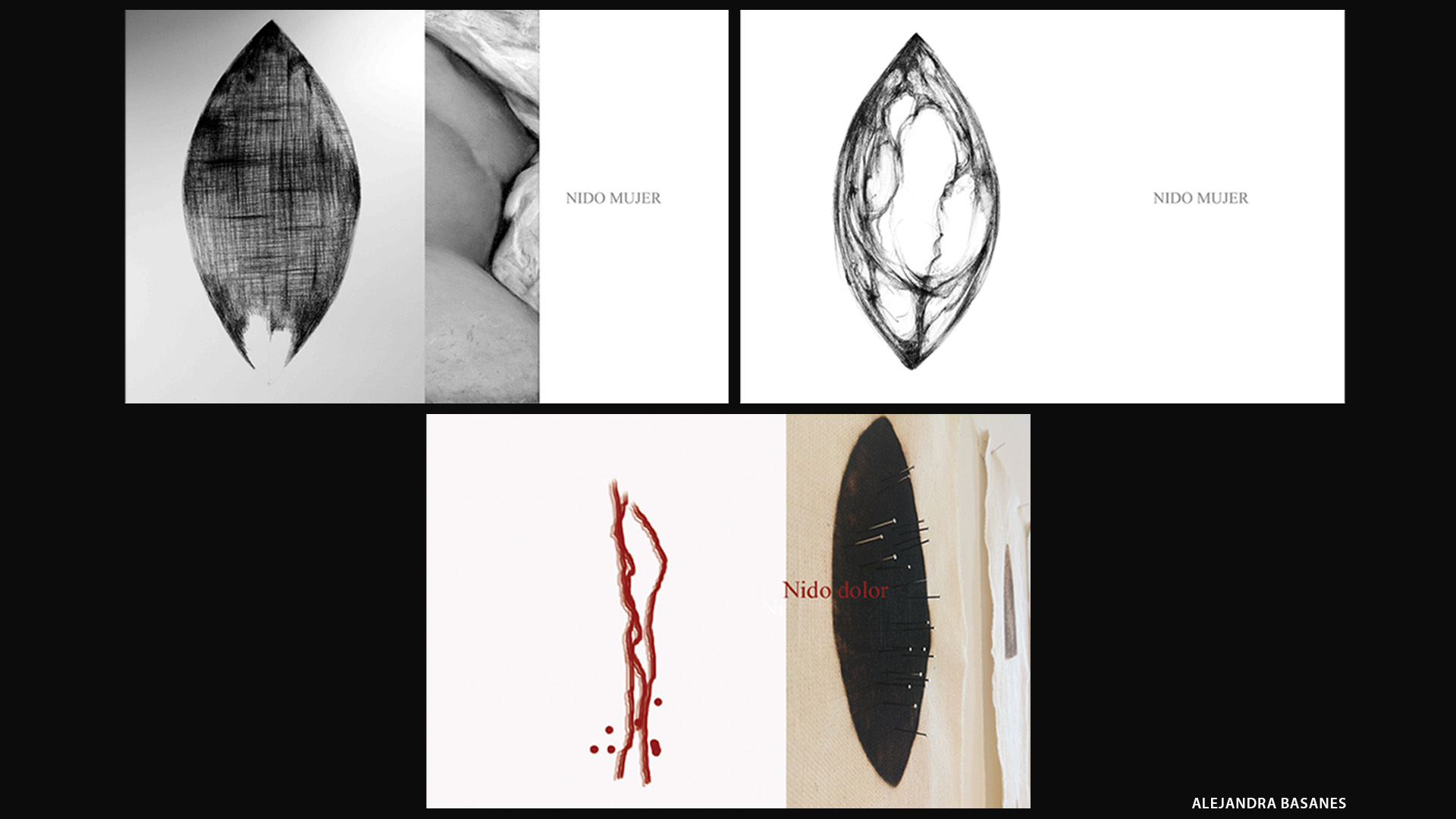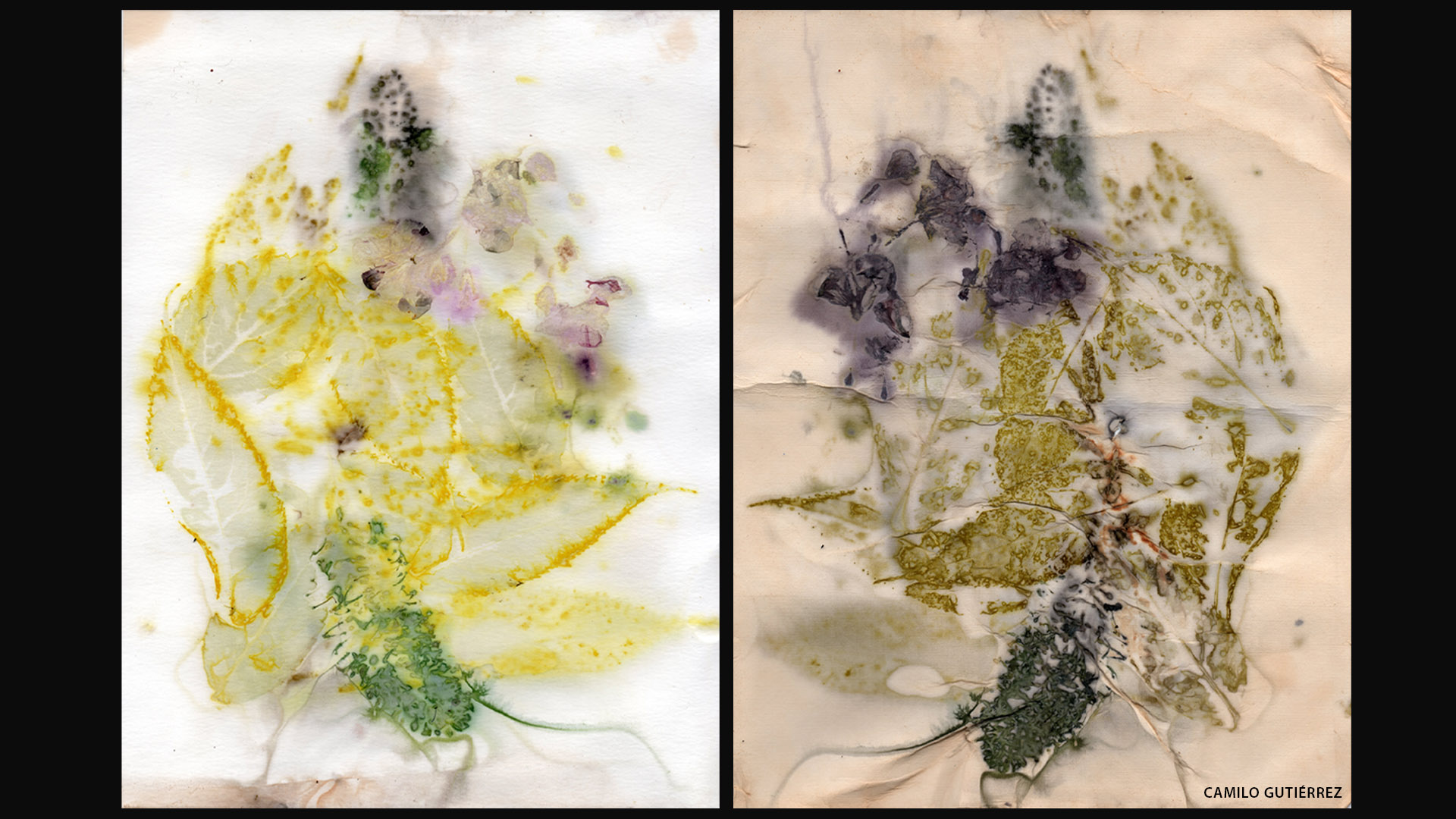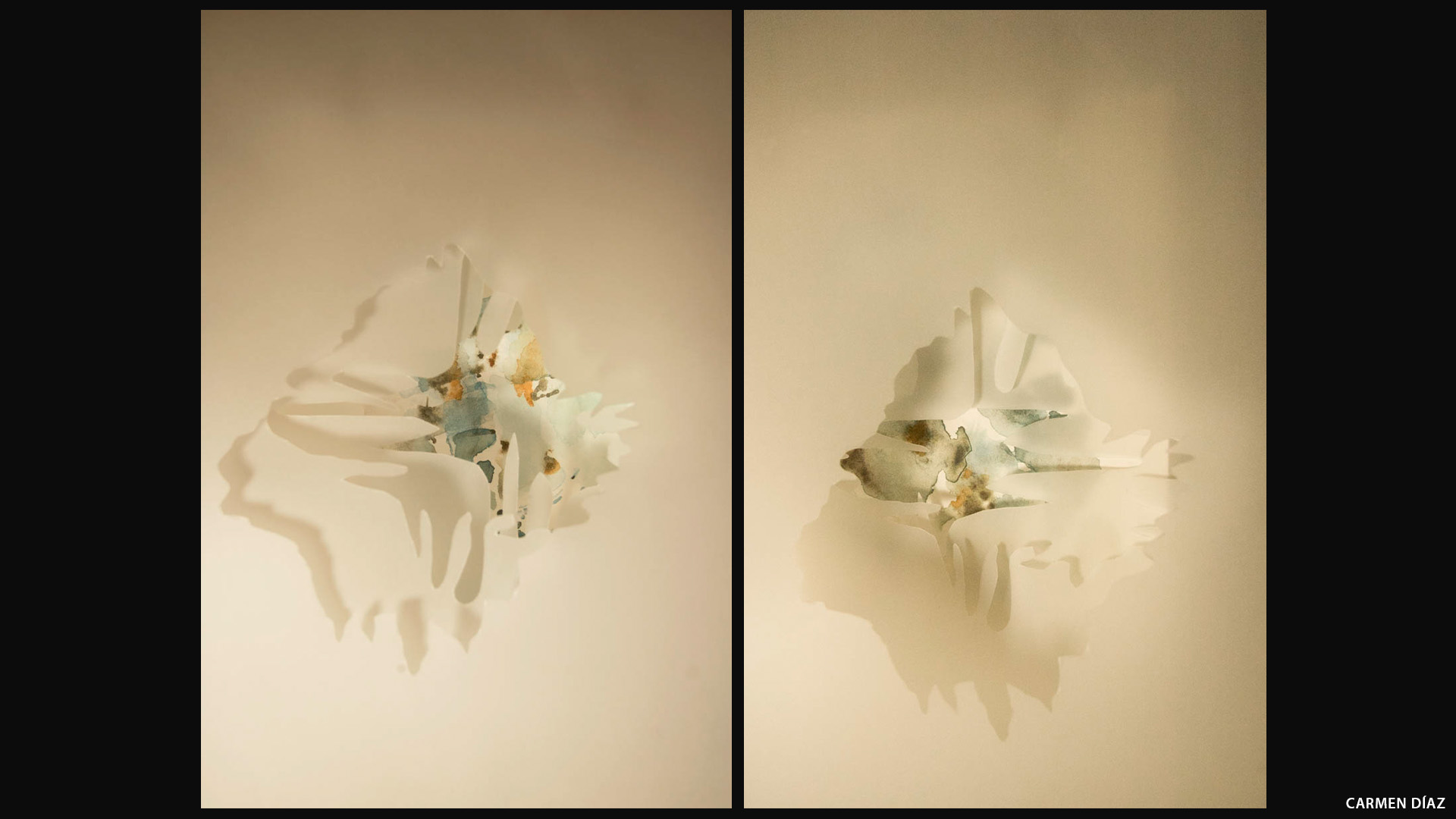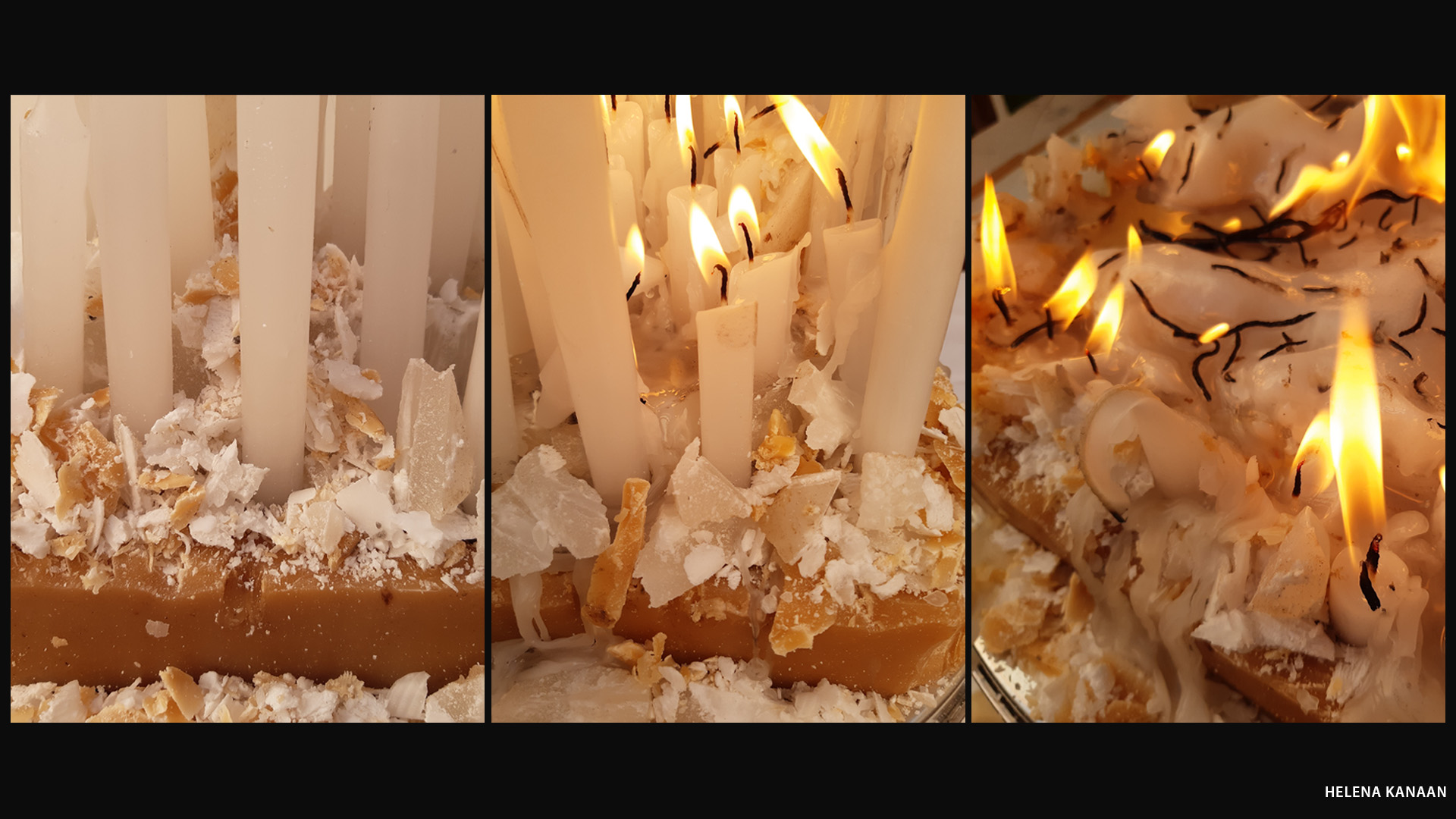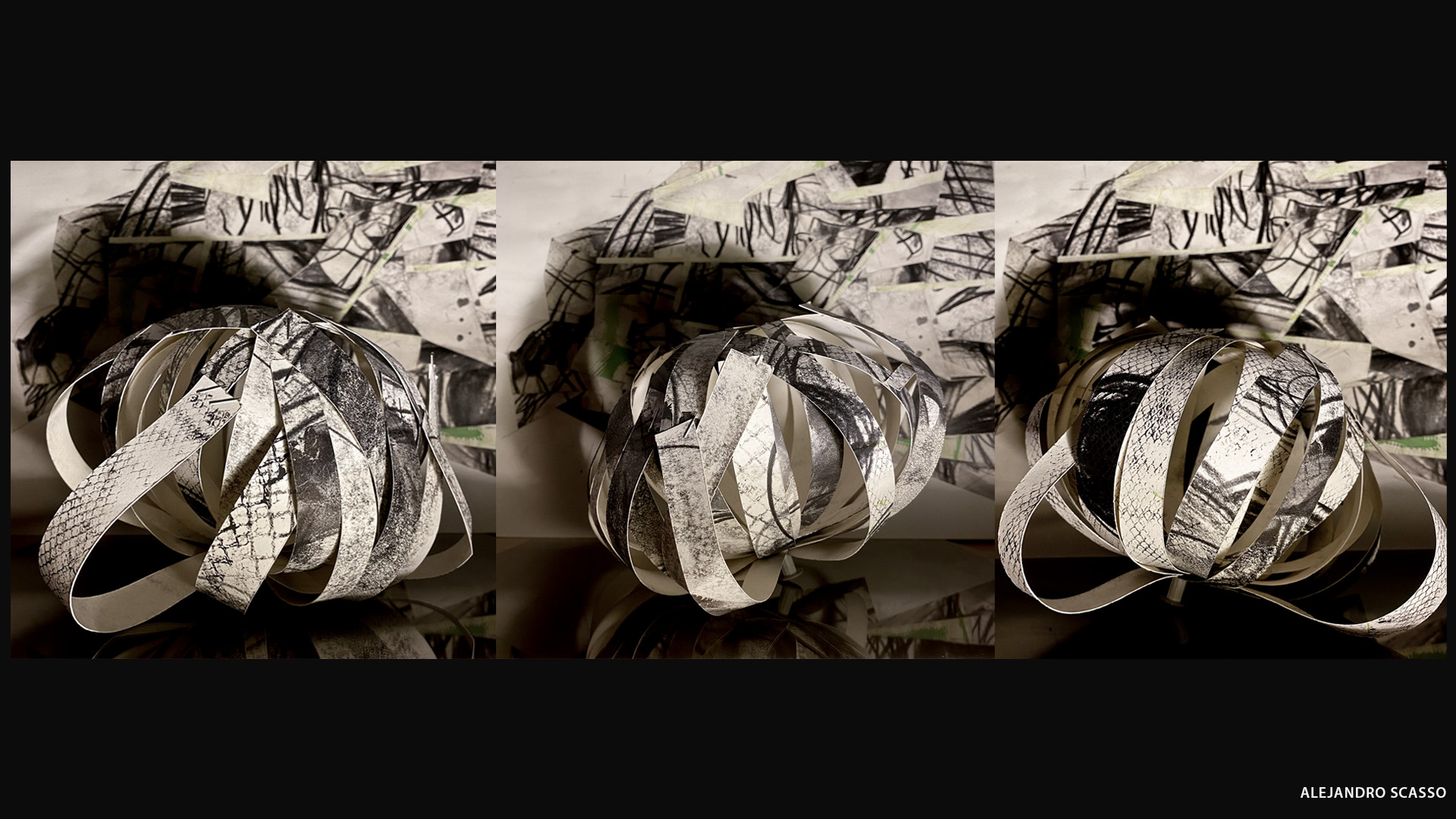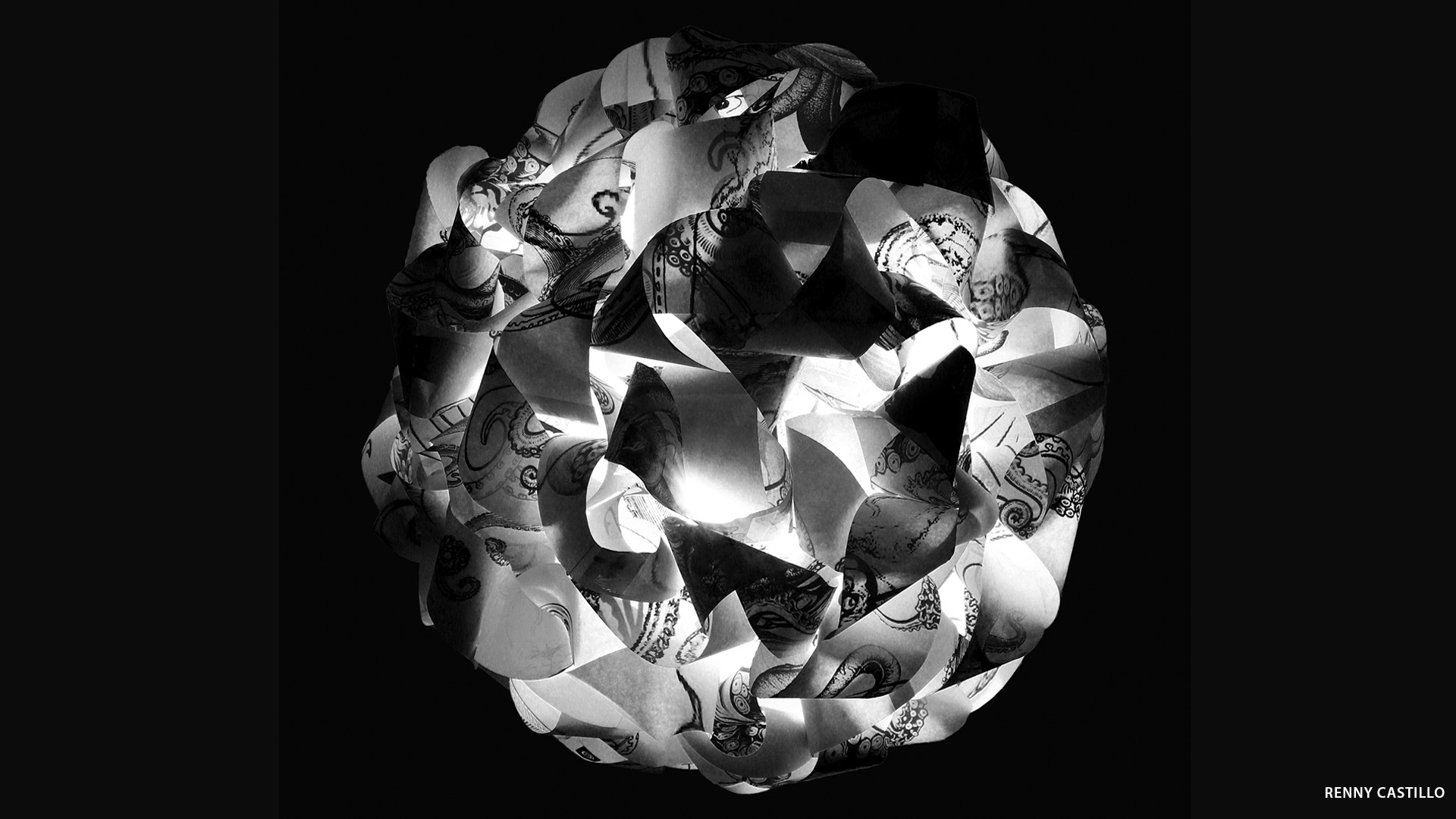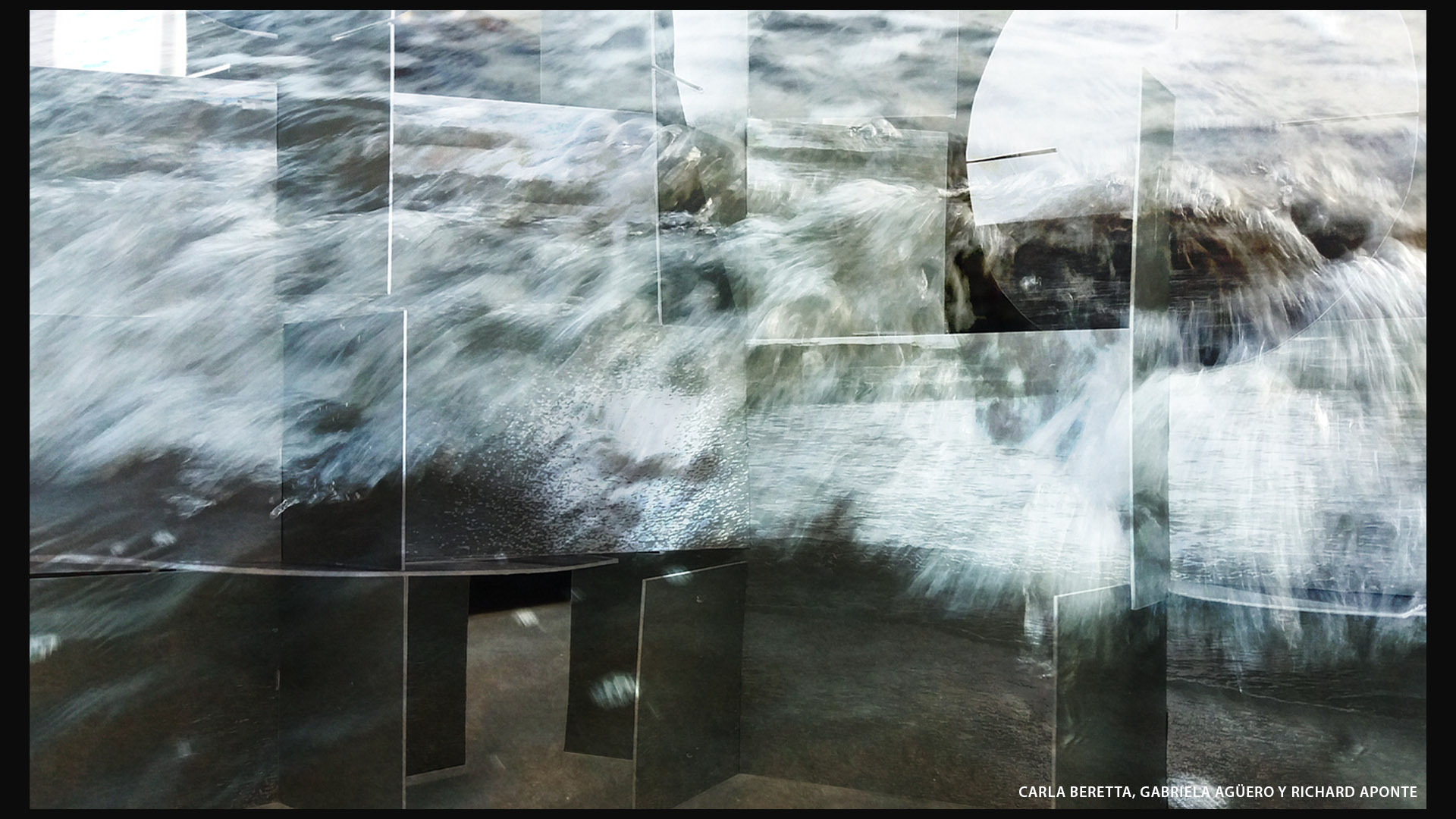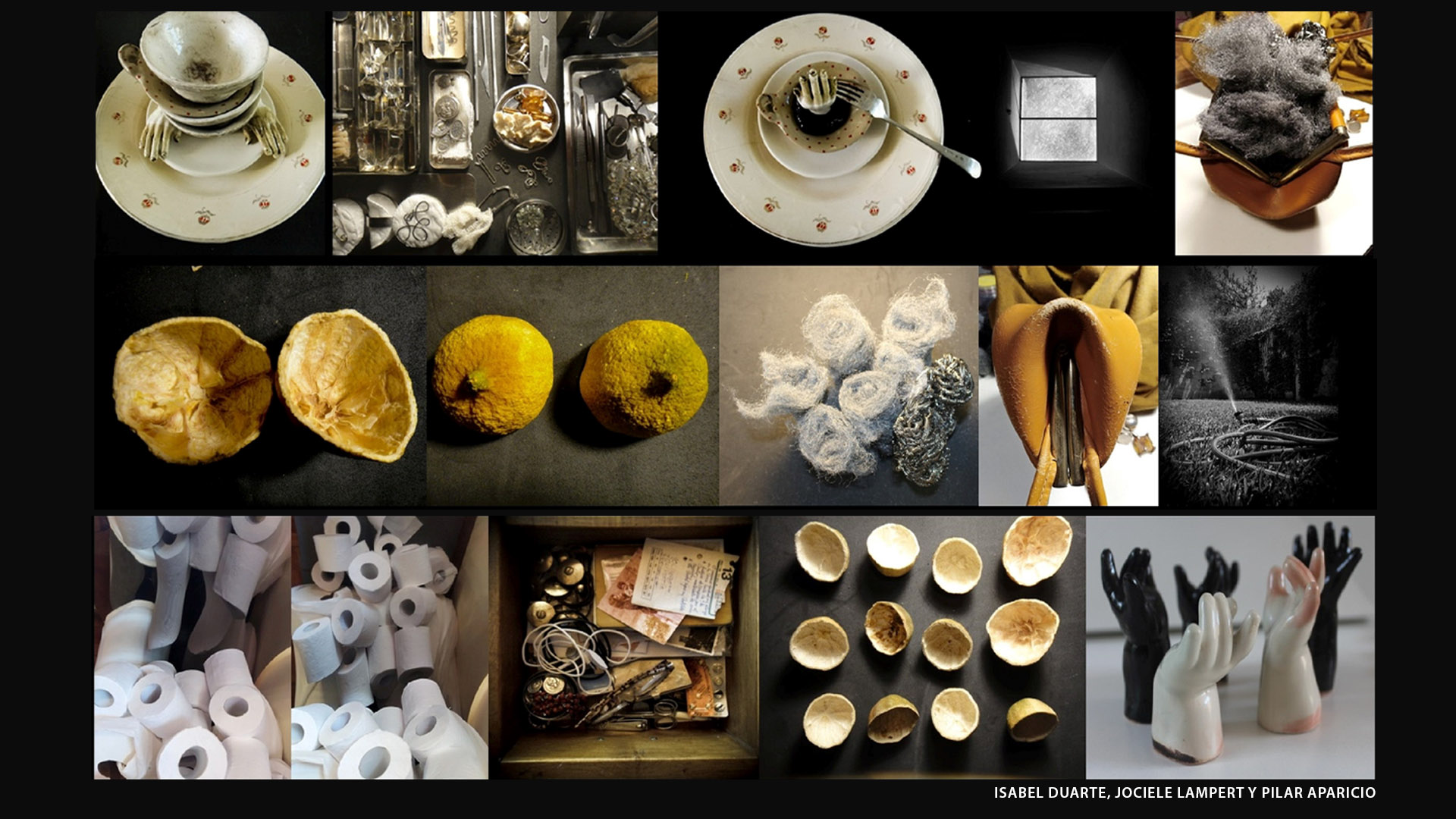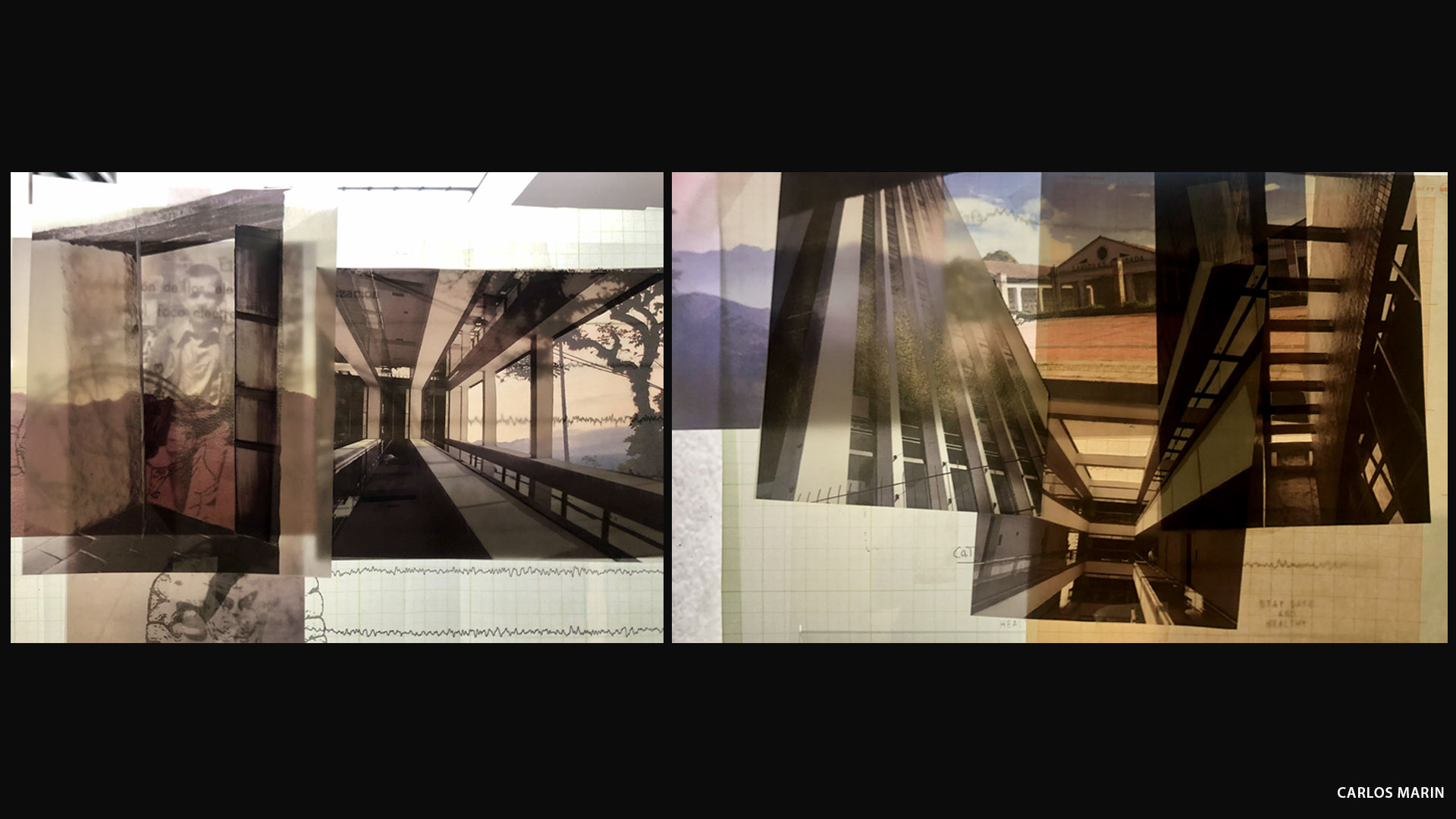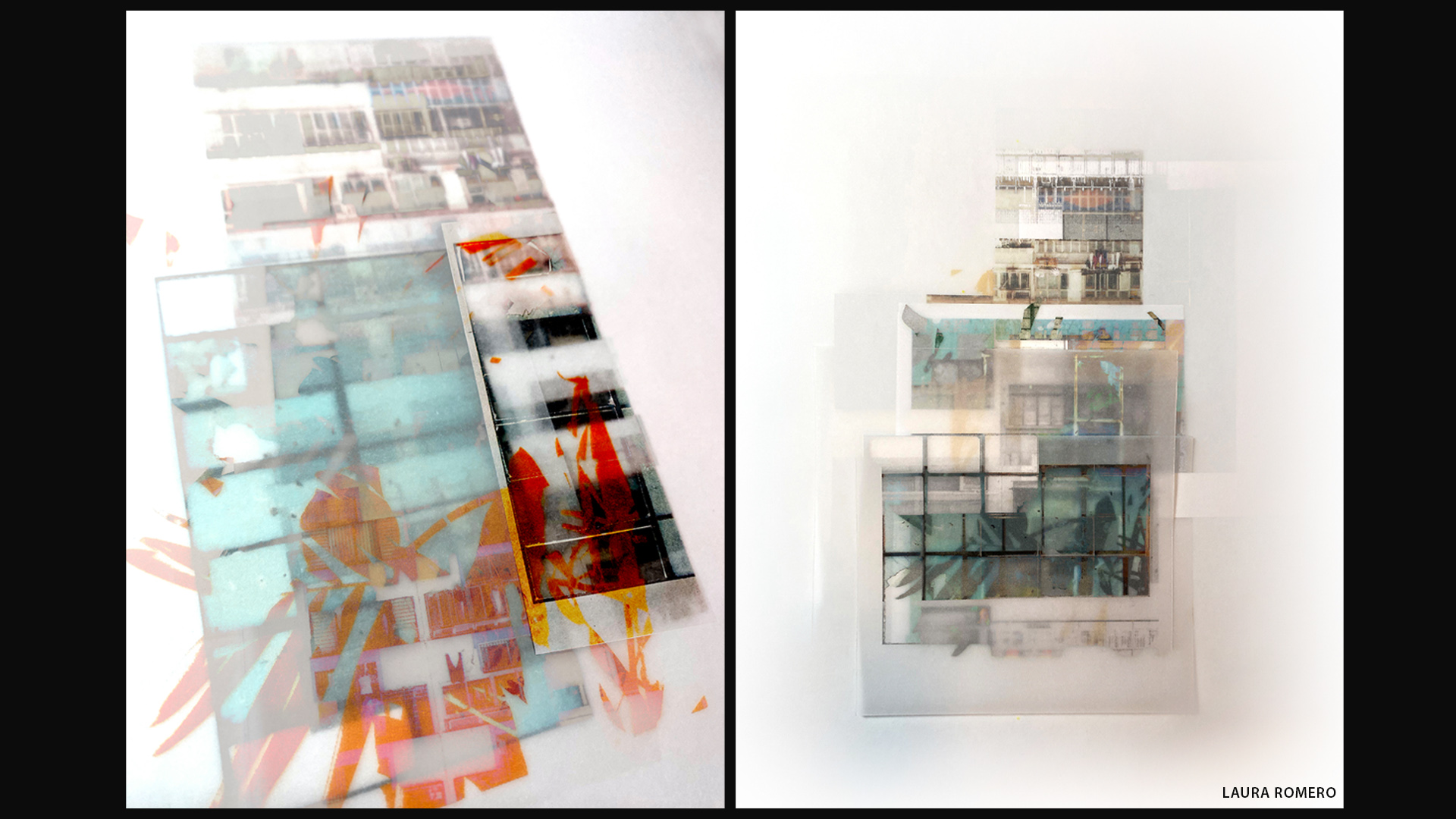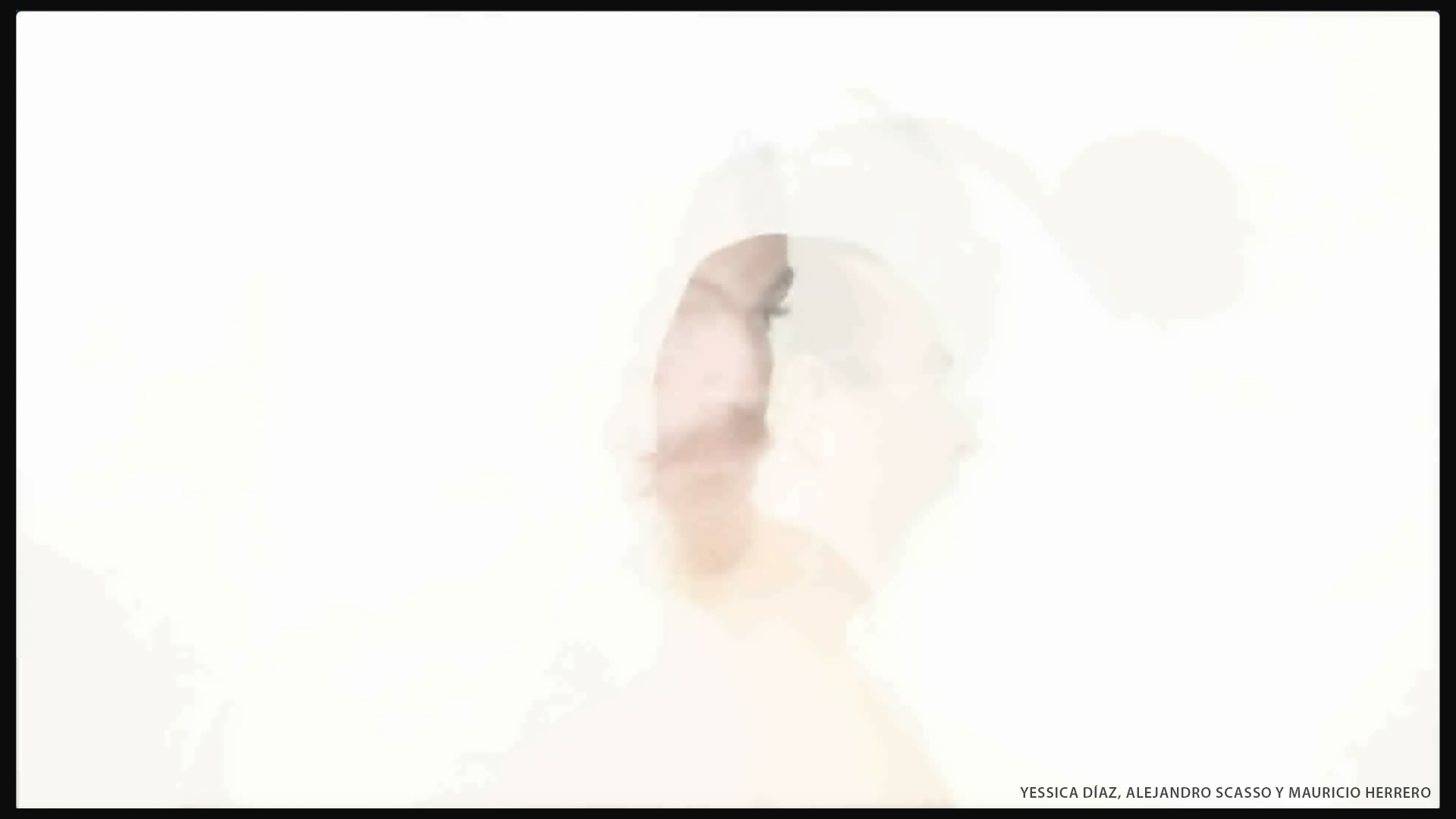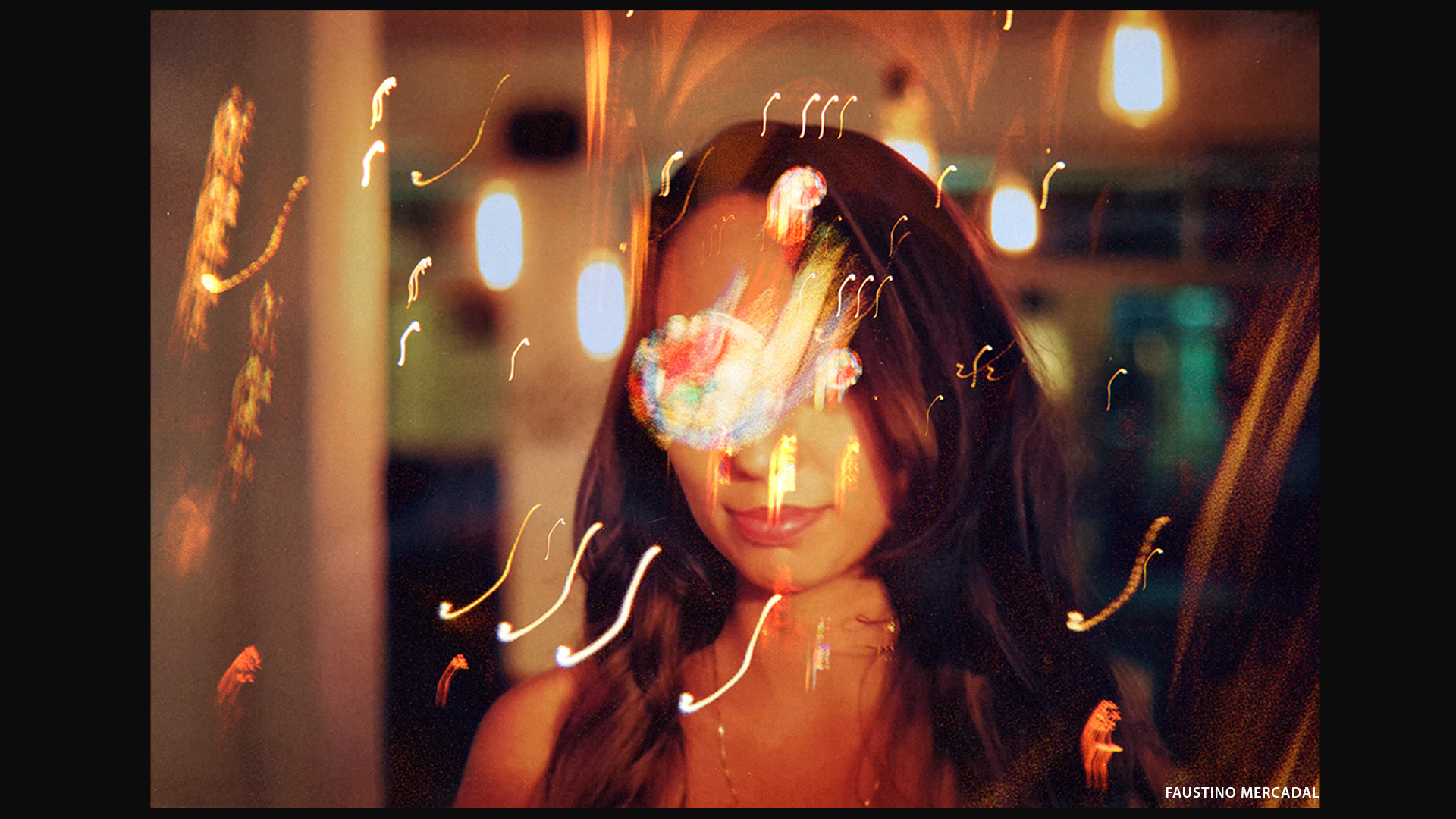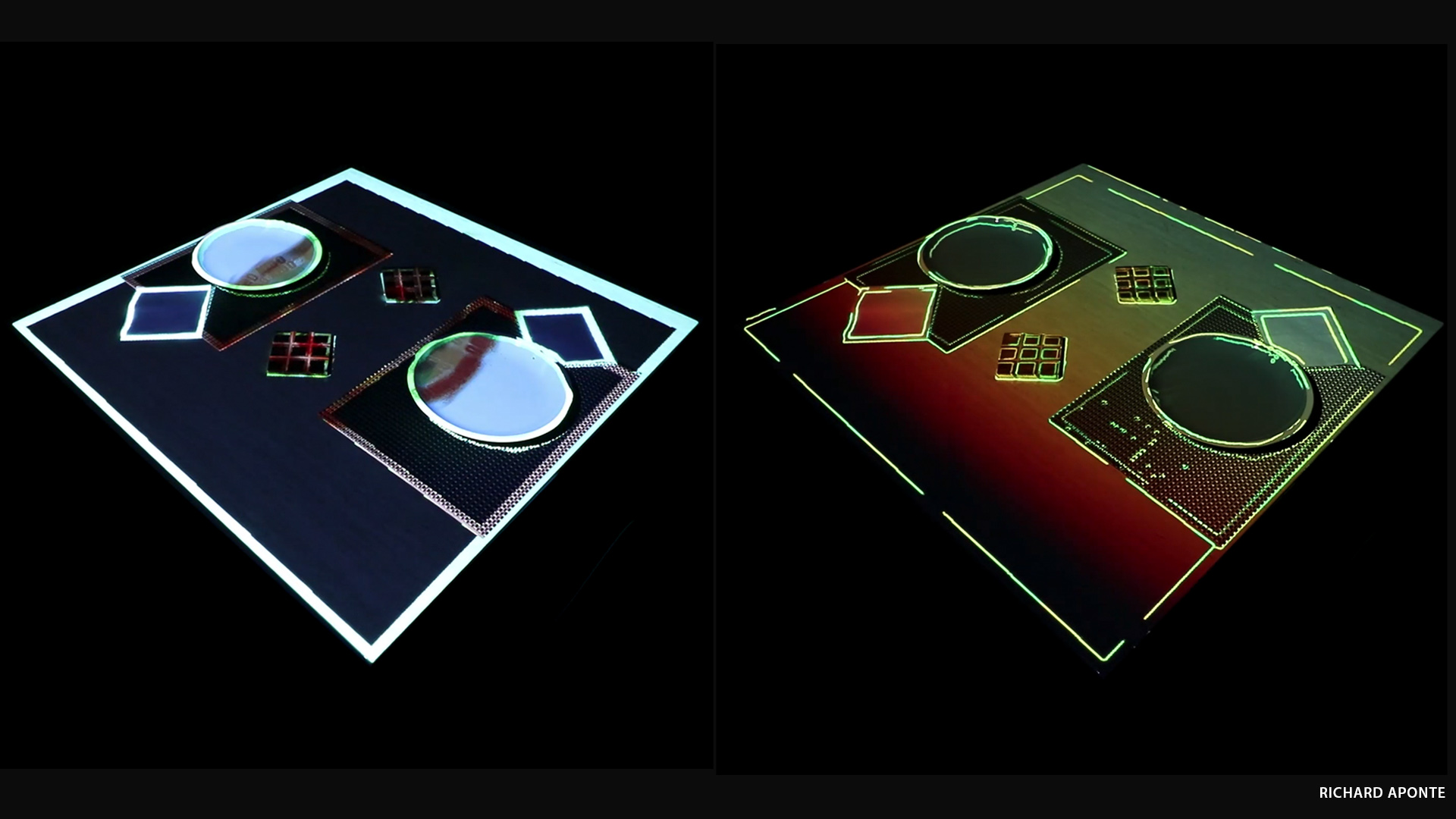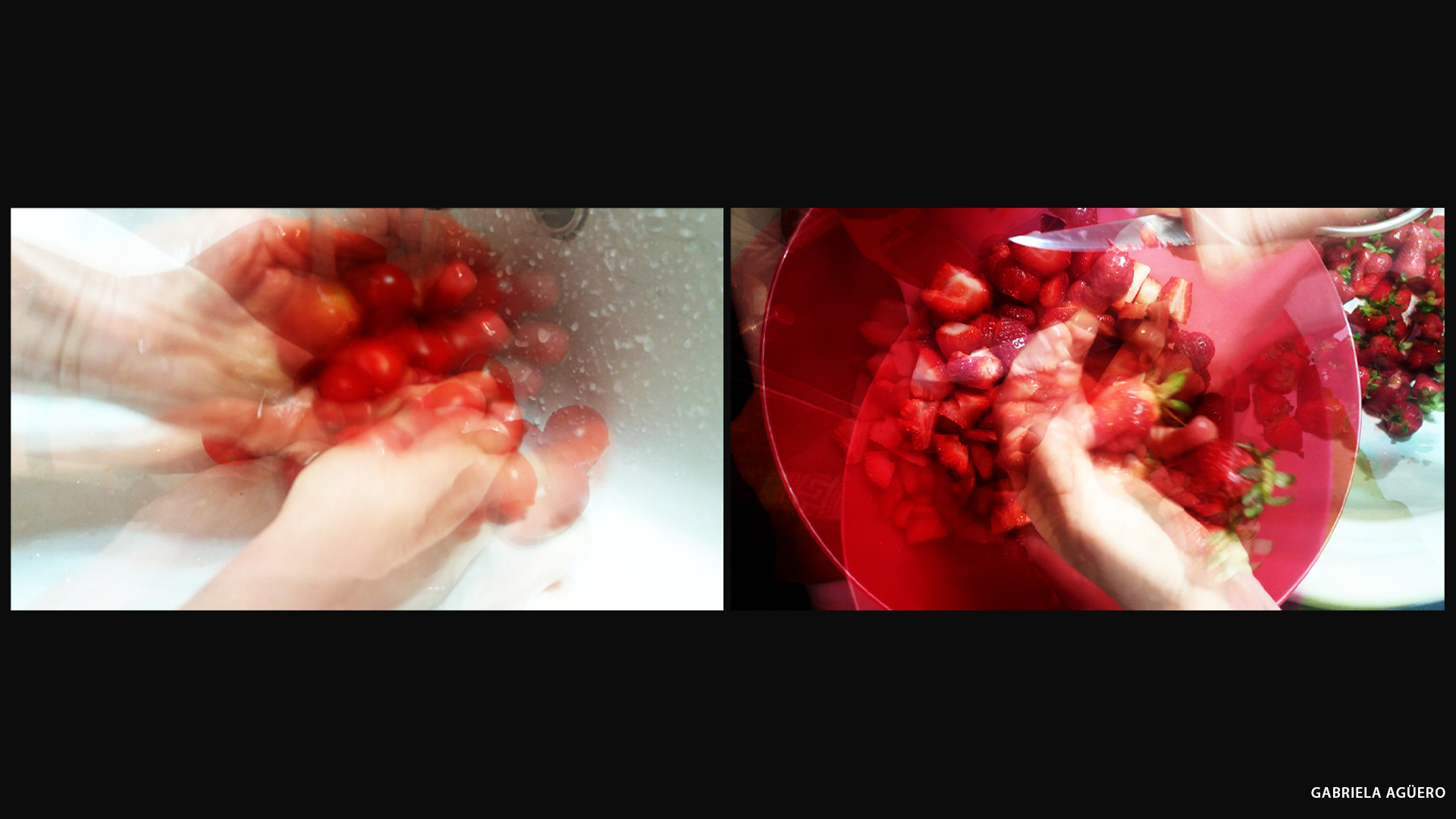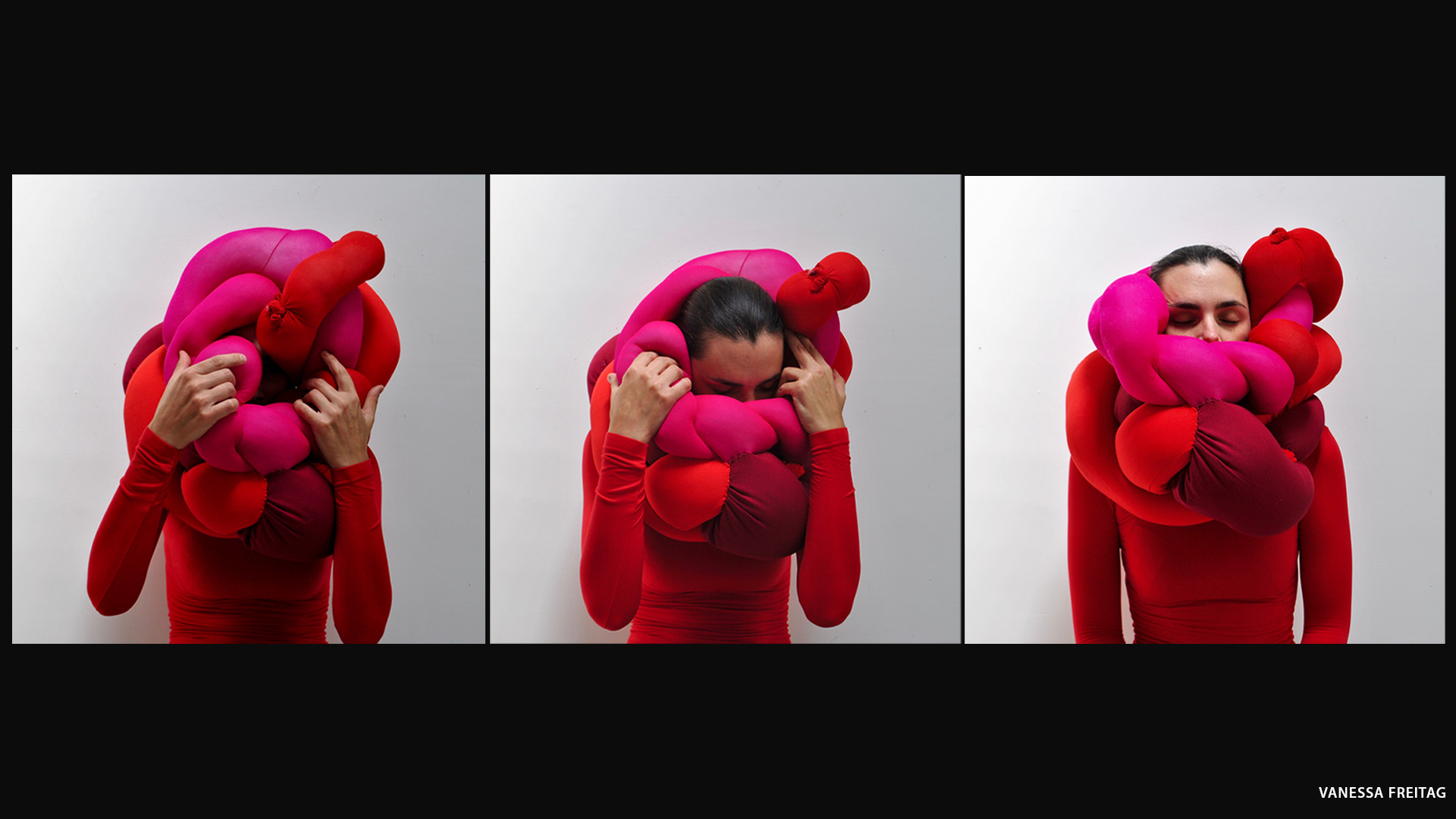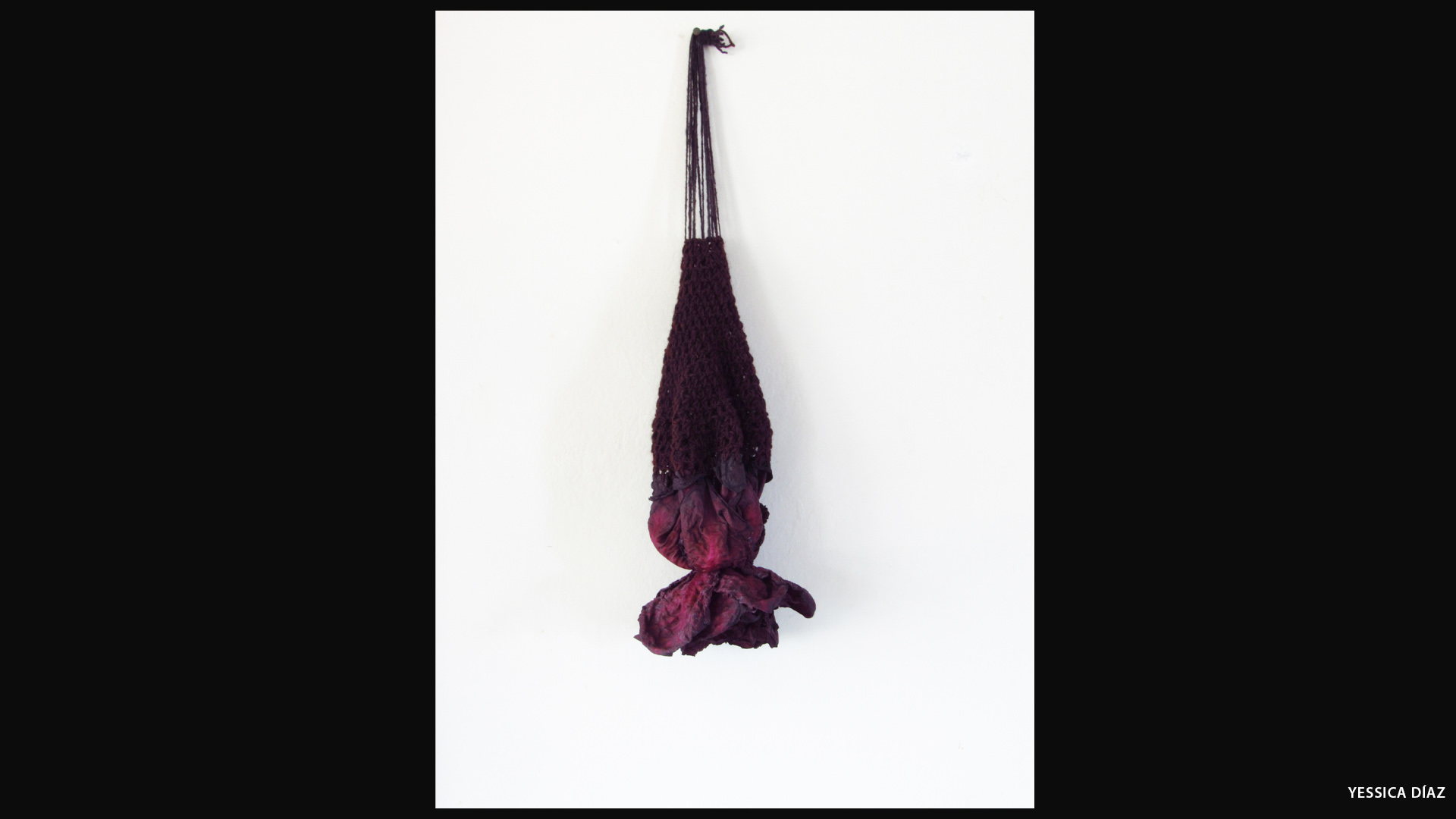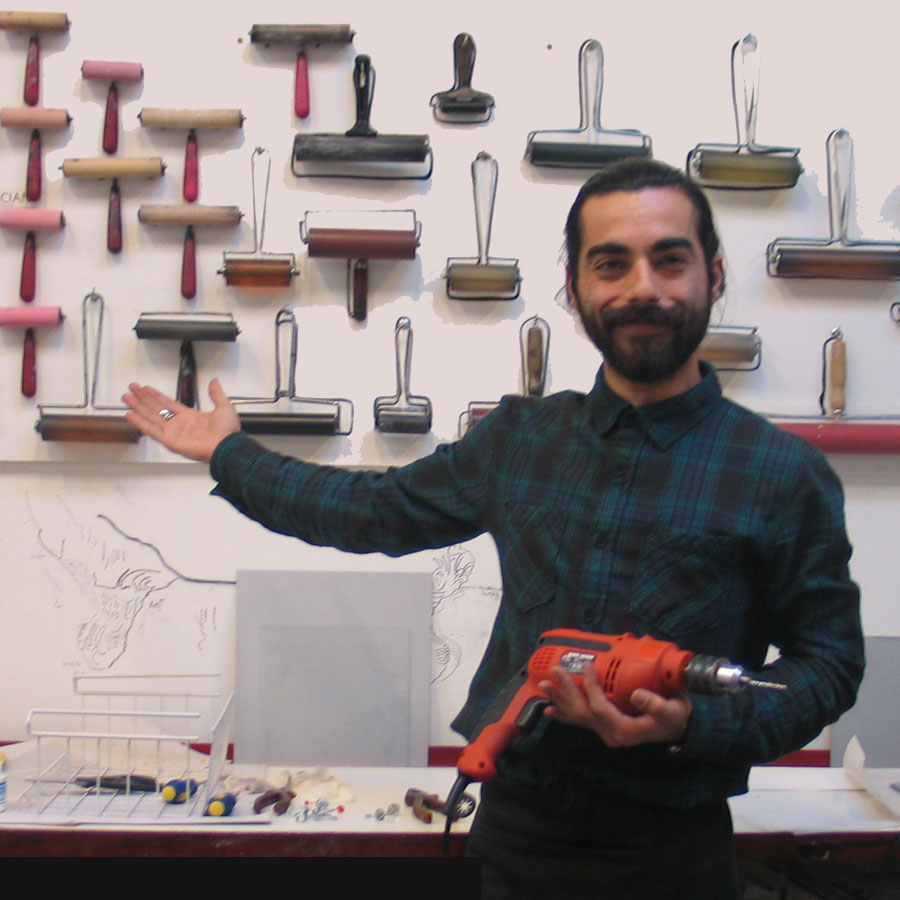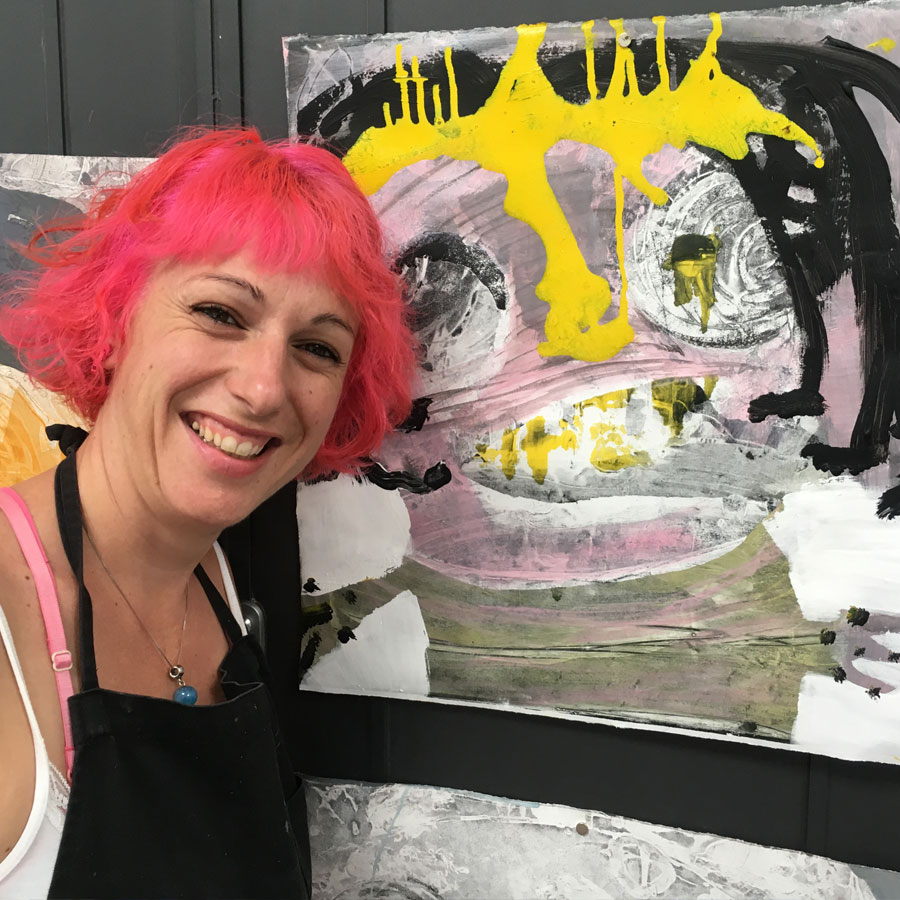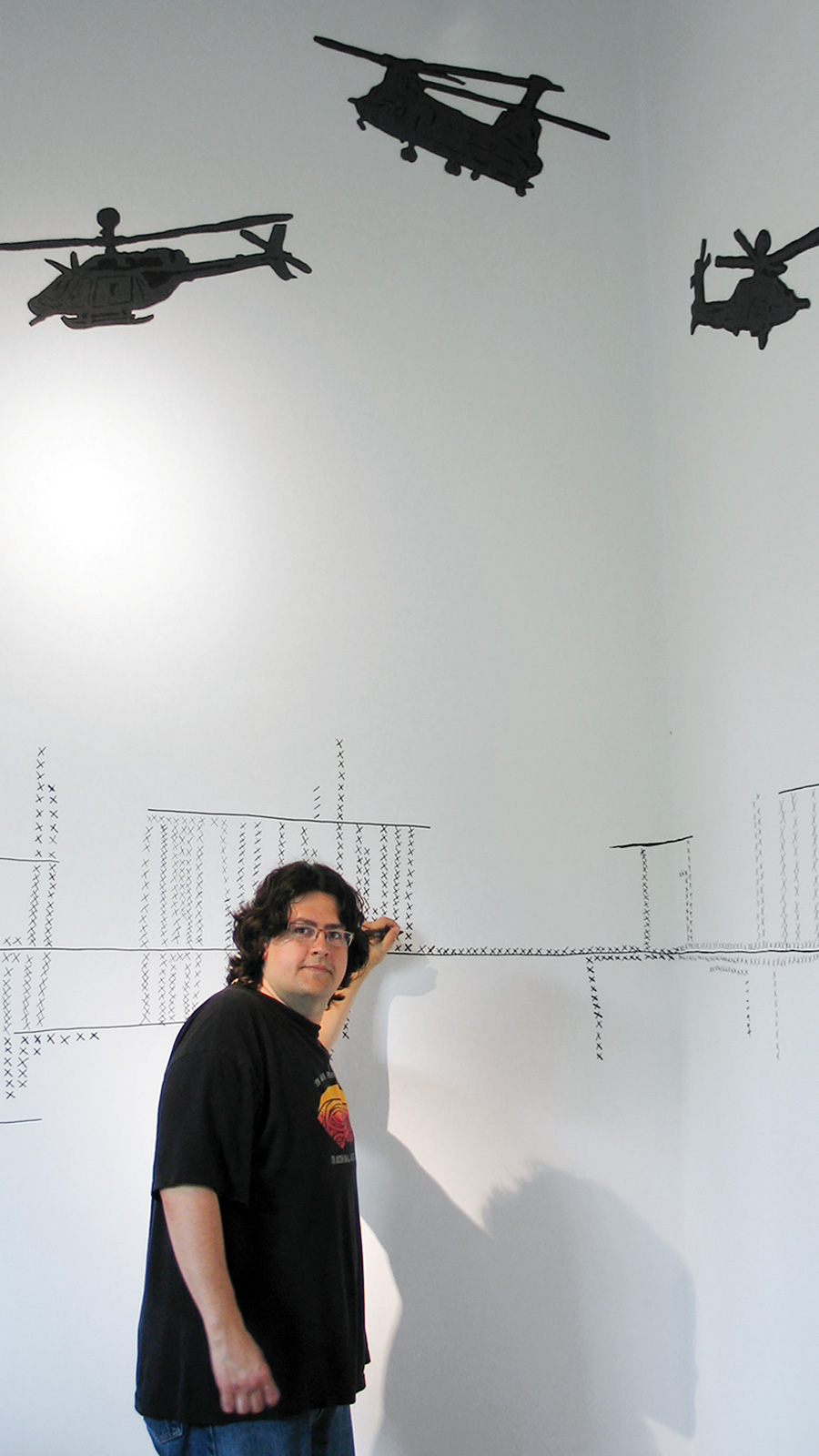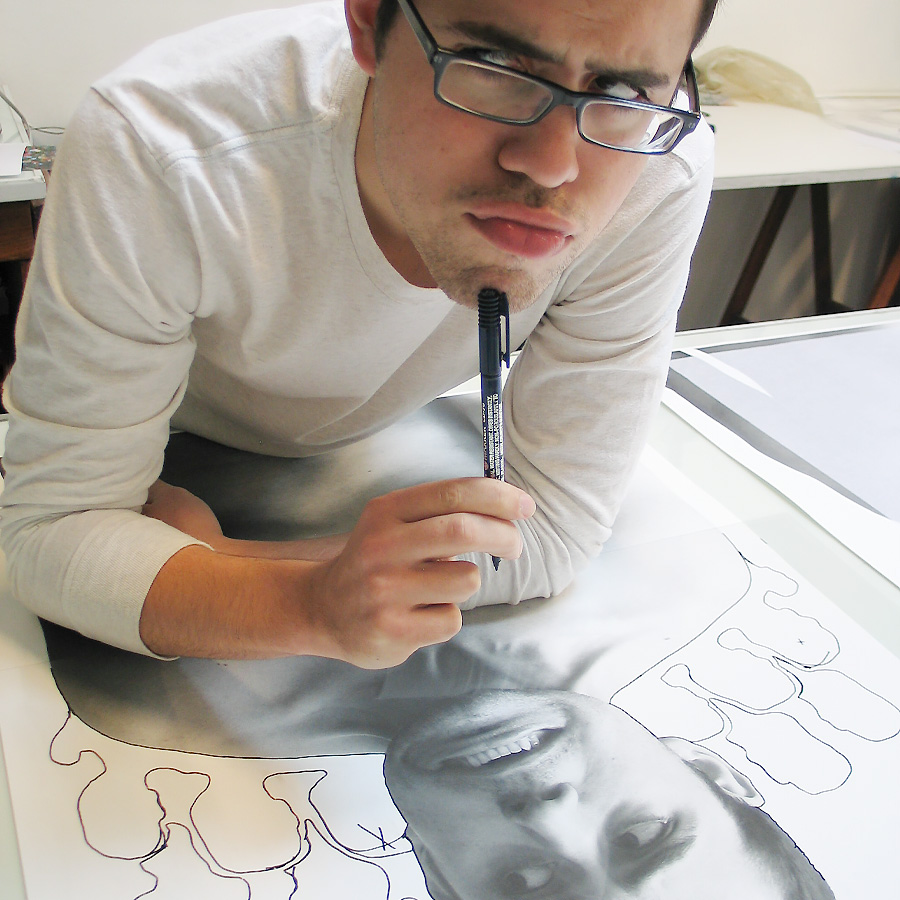Artists
United States of America
Mauricio Herrero
It Takes Money...
08.10.13 06.11.13
“It Takes Money to Make Money”, Herrero’s proposal for his month long residency at ´ace, consisted of fabricating his own currency in a print/paper format, which also functioned as a work of art itself, made through graphic techniques, from original designs.
It takes Money to Make Money explored the aesthetic value of money as well as its properties as an exchange system within an artistic concept.
ARTIST STATEMENT
Divisions between categories, between concepts, between territories are unstable.
I explore those places where boundaries blur and look into the way symbolic representations, can be transferred from one space to another, converted and abstracted, only to be created anew. I generate new associations from displaced elements, exploring relations which transcend their initial context, into larger systems.
BIO
Mauricio Herrero
1981 | Born in San José, Costa Rica
Lives and works in Costa Rica
STUDIES
2012 | Master in Fine Arts and Education, University of Barcelona, Spain.
2011 | MFA, Parsons The New School for Design. New York, USA.
2009 | BFA with emphasis in Printmaking, University of Costa Rica.
2003 |Workshops at the Taller de Gráfica Experimental. Havana, Cuba.
EXHIBITIONS
AC Institute. New York, USA.
The Kitchen. New York, USA.
Ingráfica Festival, Cuenca, Spain.
Premio La Joven Estampa. Casa de las Américas, Cuba.
Academia de San Carlos, UNAM. Mexico.
The French Alliance of Costa Rica.
University of Costa Rica.
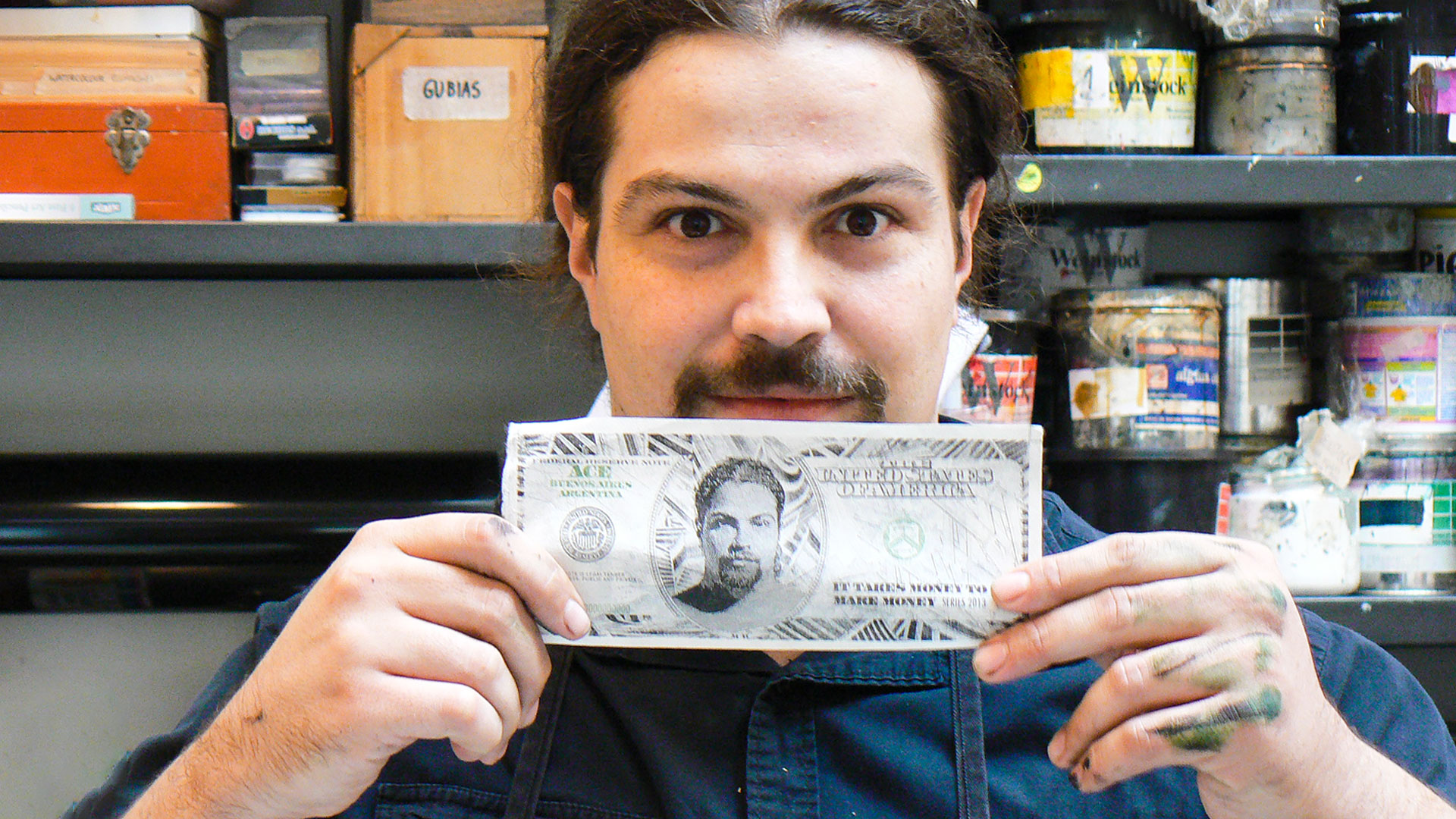
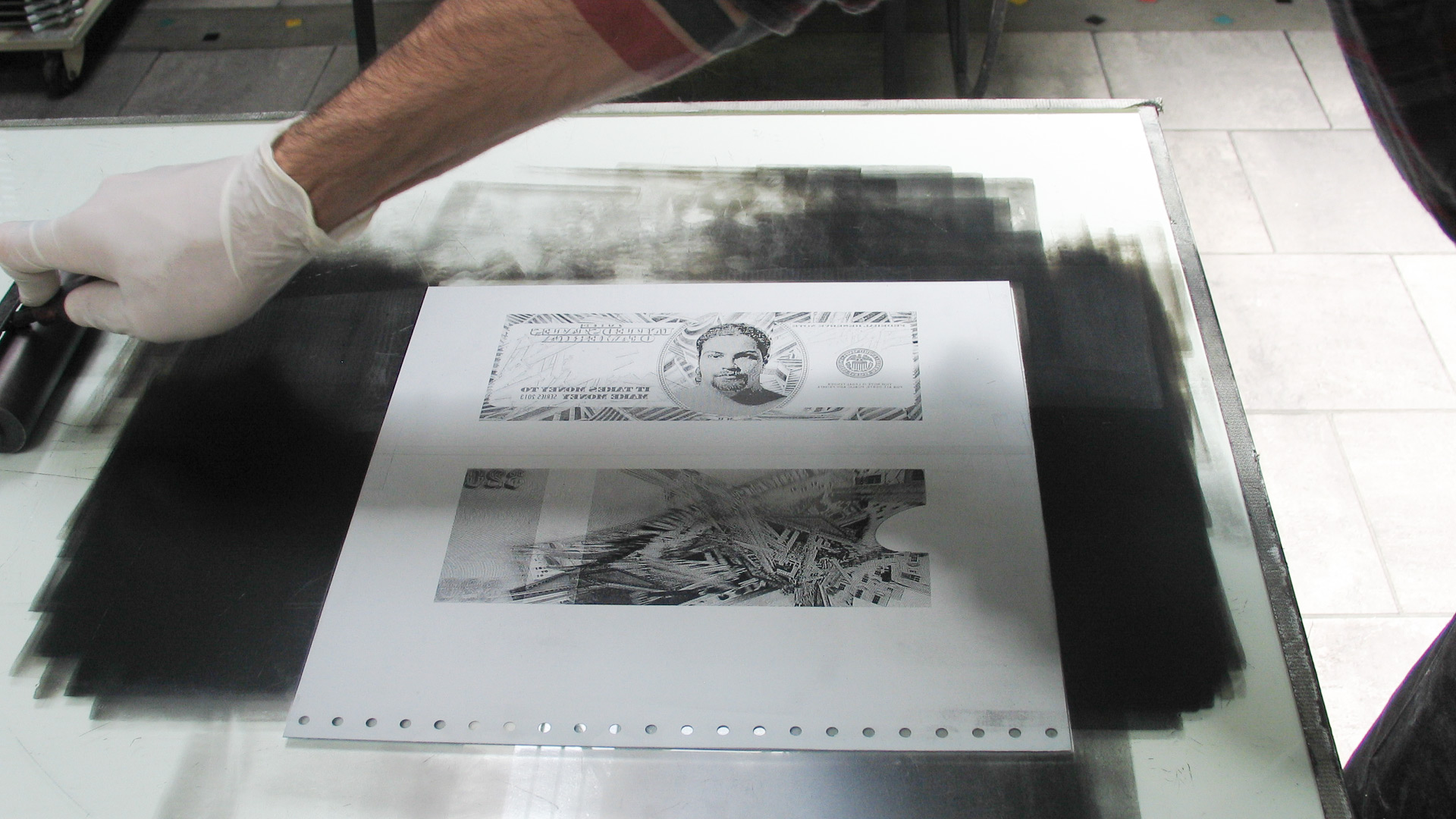
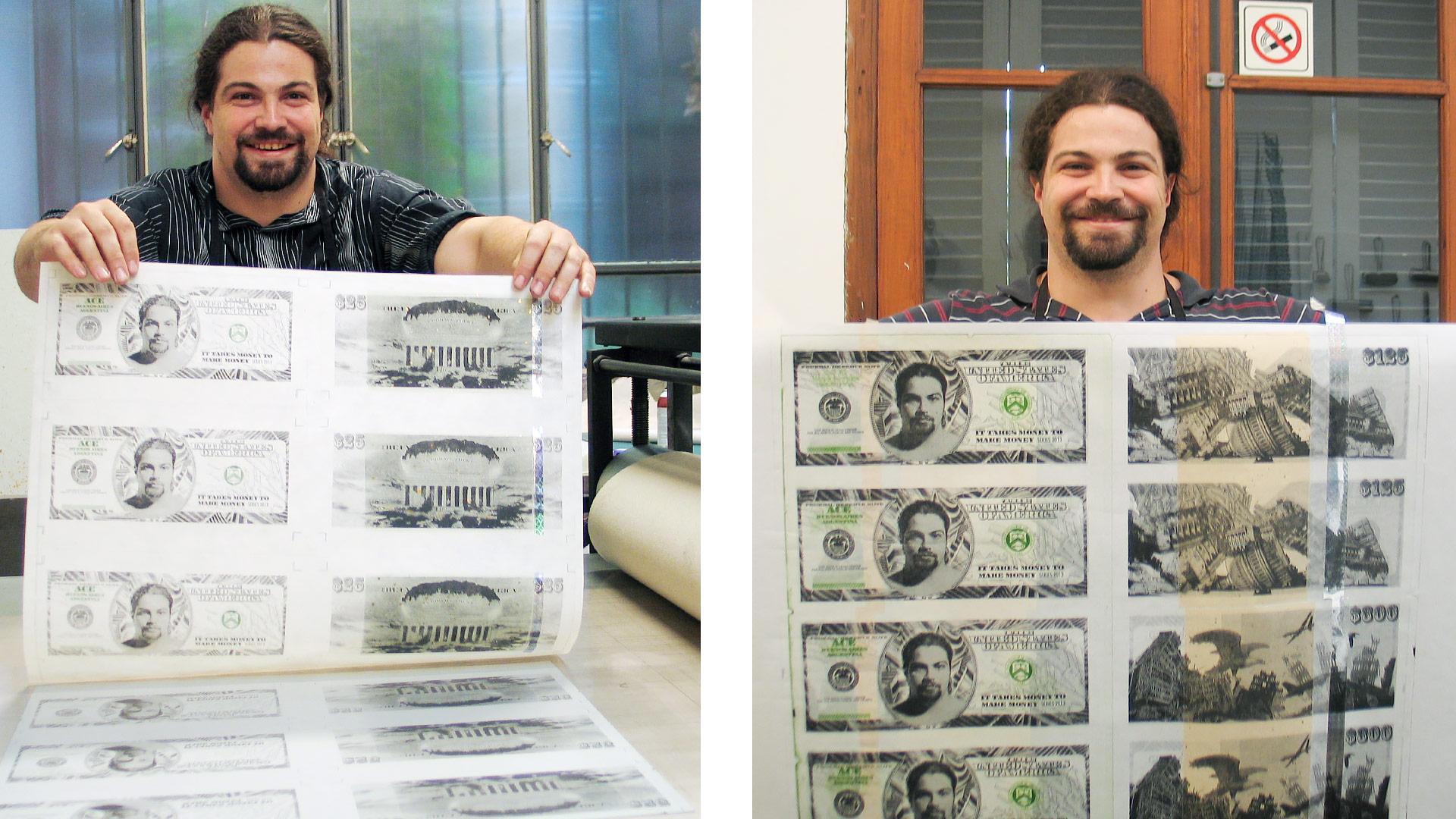
Related Activities
Exhibitions
Territories
Group exhibition ´ace Collection
23.02.15 30.04.15
Territories is an exhibition curated by Adriana Moracci among artworks from the ‘ace collection. The aims of this selection is to allow us to reflect upon political, economic, linguistic and corporal territories. They have been interpreted by contemporary artists through photography, performance and printmaking.
ABOUT TERRITORIES (by Adriana Moracci
Territory is a defined, outlined and demarcated place that provides belonging and identity to whom occupy it. In some cases it is a place to access or emigrate. The territory notion goes beyond a determined border. Although the etymology of the word indicates land or field not every community has its own physical territory, but yes, all have their own idiosyncrasy, language and culture that unites and links. The body is also a territory, one that is always present and constantly changing. A territory that contains and links us with the other, through verbal and corporal language. A territory that enables encounter with the ancestral and the primary.
Related artists
Curated
Adriana Moracci

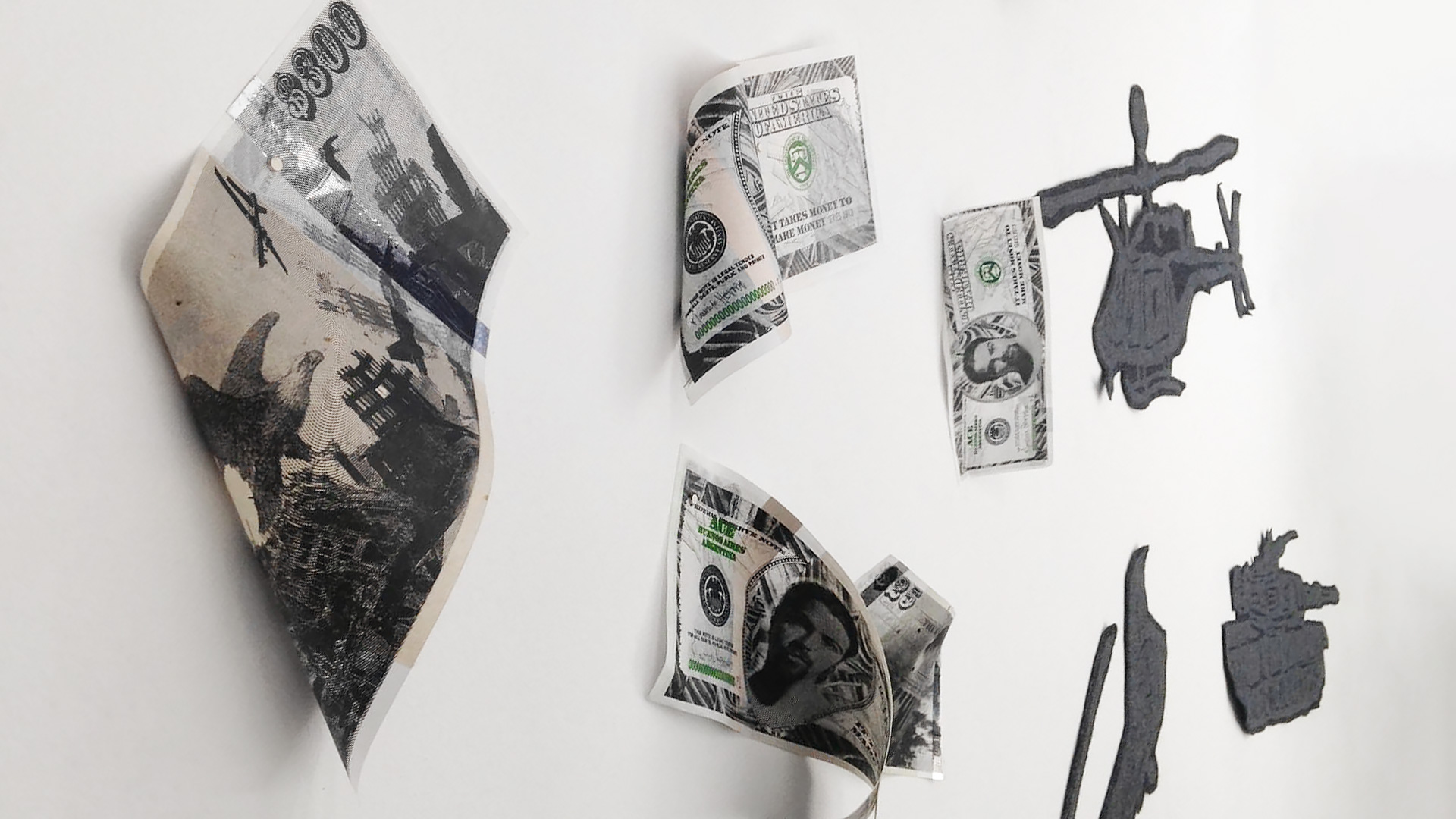
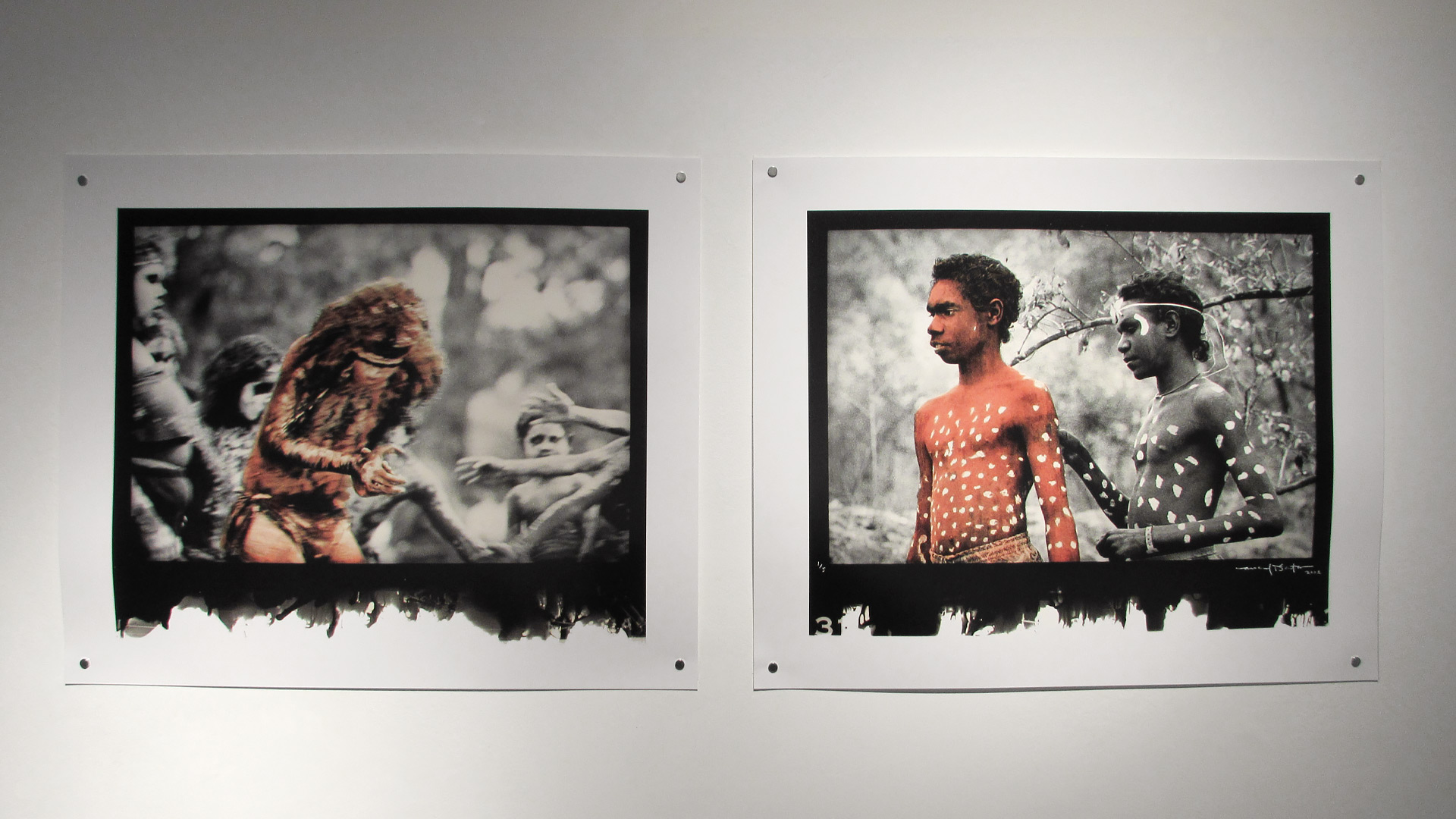
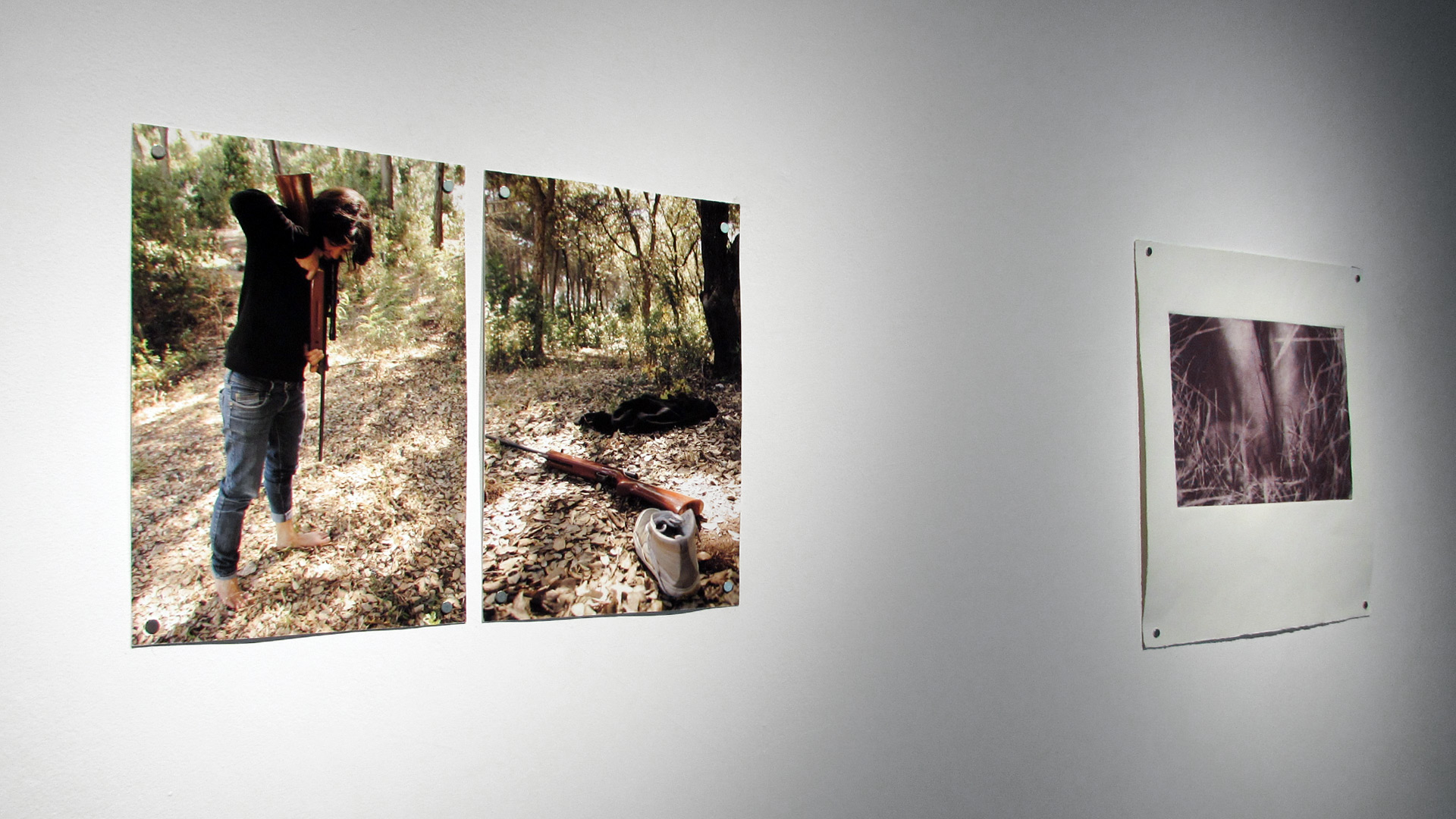
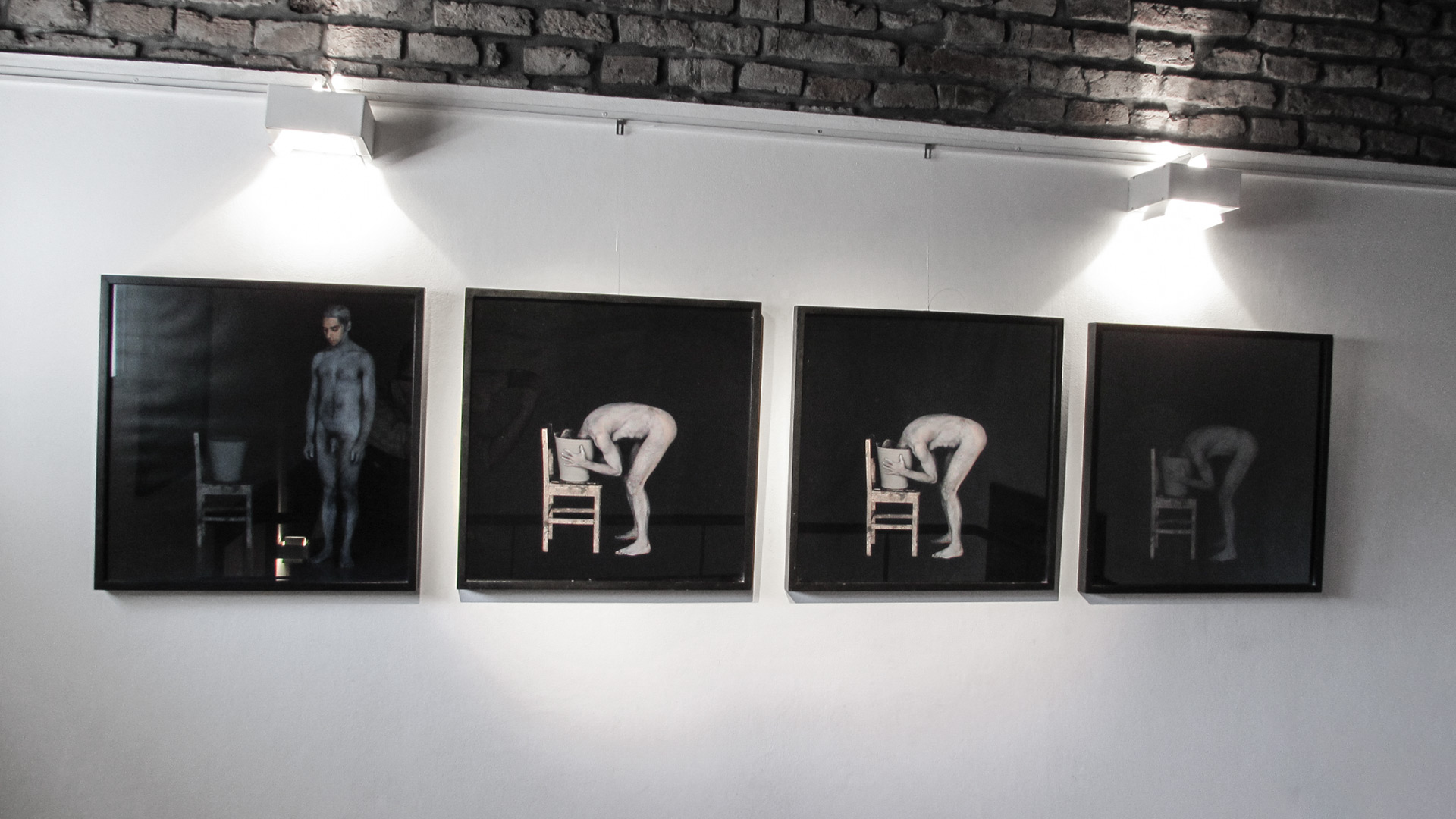
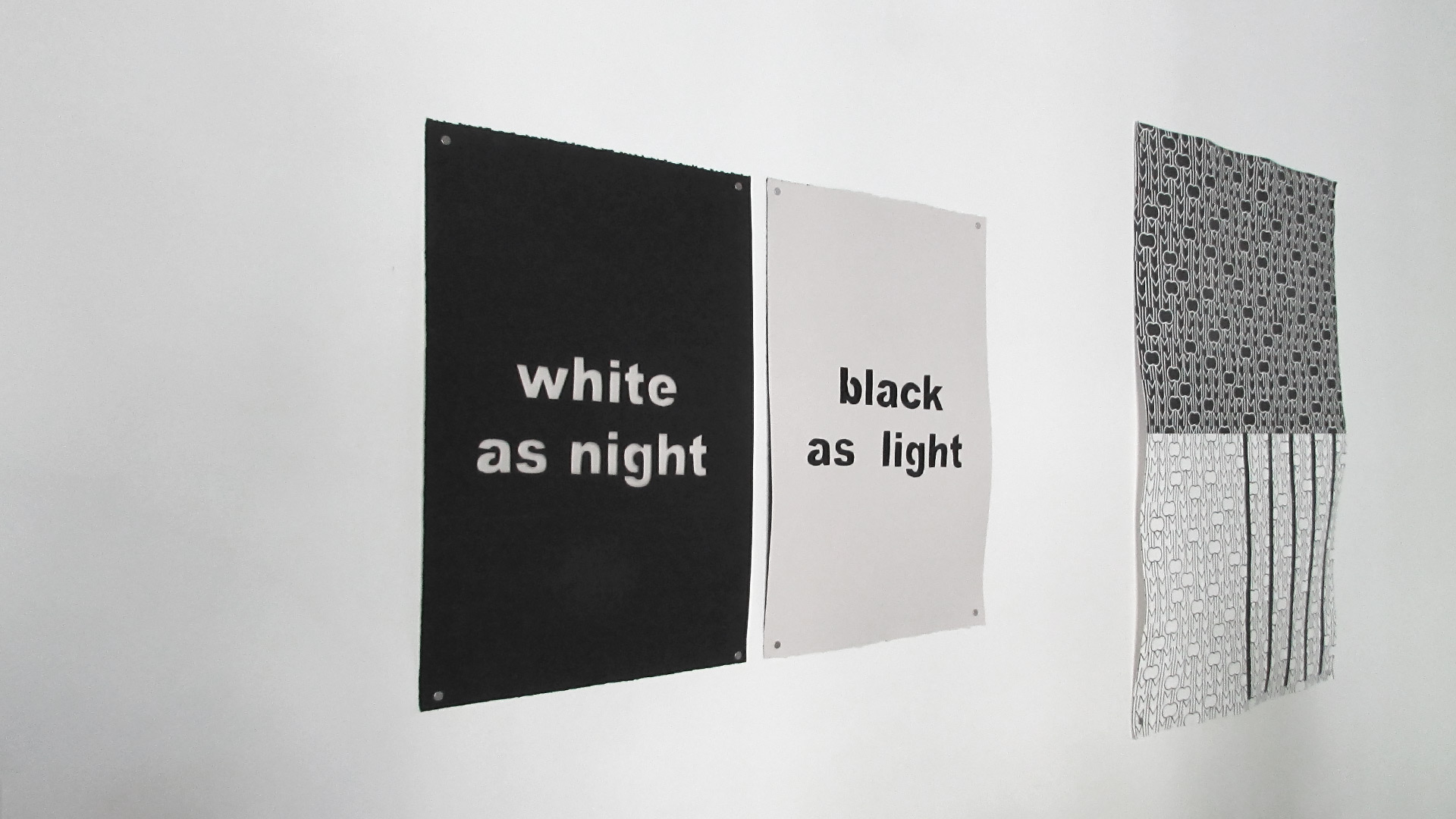
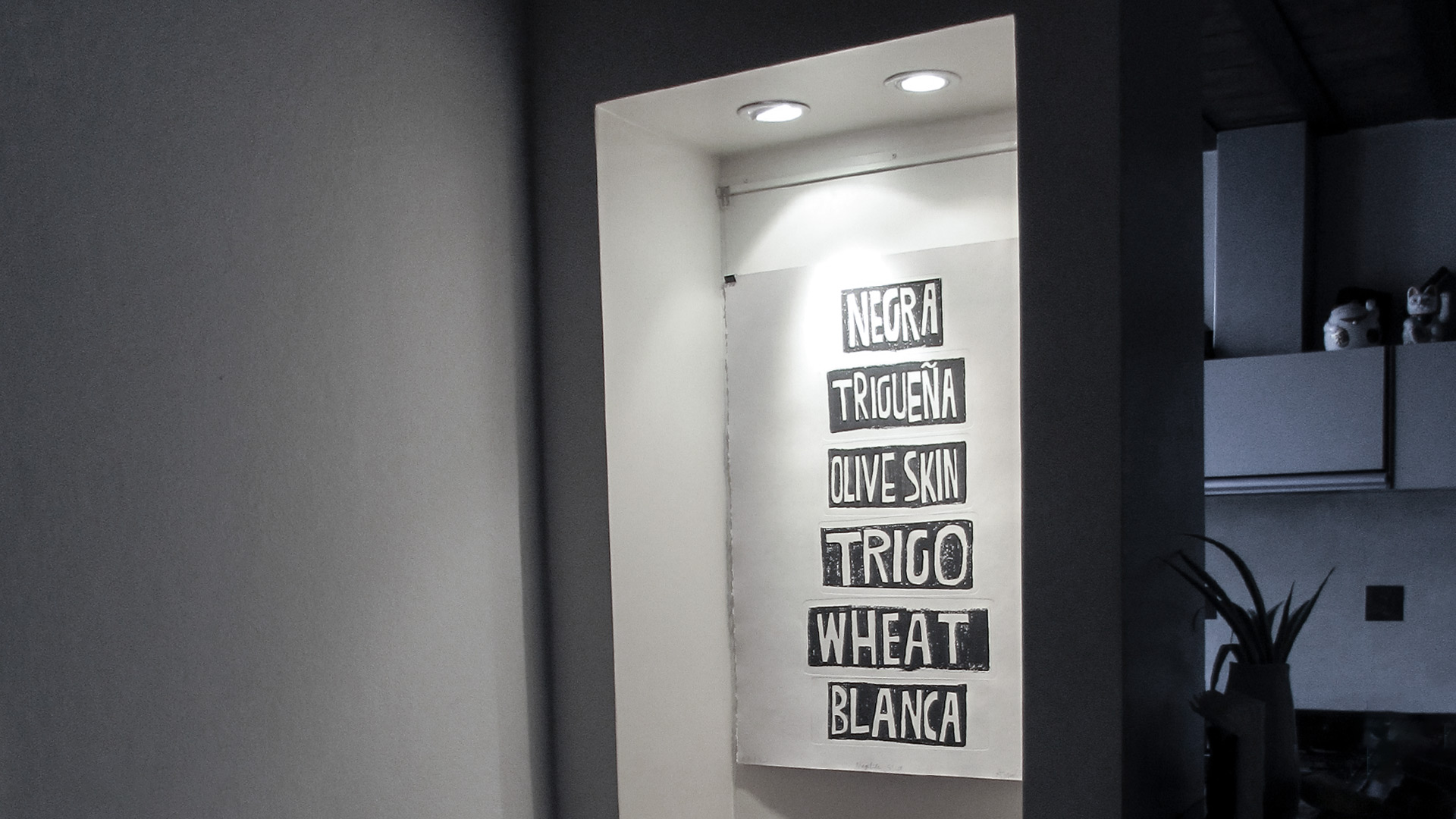
Exhibitions, Together Apart
#2 | NEST: results
Artists in dialogue
09.12.20
During 2020, we carried out the first two sessions of Together Apart. The first session took as a conceptual and practical framework the REFUGE and the second, the NEST. Through those starting points, both of which refer to caring atmospheres and structures for coexistence, we were able to think and create in a wide variety of directions and layers. We reflected on our pandemic context, a situation for which we had to find ourselves in the virtual non-space, but also a situation thanks to which people from many different countries were able to work simultaneously. Assuming this complex situation, more than 20 participants per session created new pieces –some in exercise format–, took up projects that they had already worked on in the past or collectively set out to create new projects that will continue to develop beyond the scope of our meetings. This exhibition, virtual as well, reflects what the artists produced during this program.
CURATORIAL ESSAY
by Daniela Ruíz Moreno [Curator-in-residency]
Taking these refuge and nest issues also in their complexity, we asked ourselves questions that made each of the participants involve their personal experiences, memory, memories and experiences from each of their territories. We addressed questions that sought to keep us in constant movement; at times we went through very optimistic or pessimistic visions about the possibility or necessity of having a shelter or a nest, and at other times, we were able to articulate more complex visions, enduring in intermediate and liminal states. For both, we took as a theoretical structure of support and dialogue the thought of Félix Guattari presented in The Three Ecologies (1989). His ethical-political approach that highlights the molecular domains of sensitivity, intelligence and desire, as well as his articulation of the three ecological registers (environment, social relations and human subjectivity), helped us to expand our creations and thoughts in relation to shelter and nest.
During the second session –nest– the gaze towards natural structures was also very present. We watched and learned about different types of nests made by birds or protective structures for other animals. We thought of the house and the workshop as nests. The diversity in age and origin of the artists allowed a great richness of reflections on different states in relation to the nest. We spoke of nests from the past, nests that we are building in the present, nests that are no longer nests since they oppress or suffocate and of new nests that we imagine or wish to build in the future. Projects were presented that included the use of organic materials, creations with what was available in the workshop, project of shared files, new photographic views on everyday life, new views on the past and even reflections on language as a generator of identity as well as limiting structure. We went through different sensations in relation to the nests, some presented it as an impossible state to reach, others as a space full of melancholy and others, instead, as structures of freedom where we could explore the becoming of existence. Other works presented the feelings of paranoia that can arise when human nests or states of refuge are threatened and the feelings of discomfort when it feels like losing the intimate conditions of a nest.
Together Apart has functioned as a program that opened up possibilities for meeting and collaborative creation. It has made possible the creation of new rhythms and synchronies for a limited time but whose reverberations and echoes continue to affect in unexpected directions.
Related artists
- Gabriela Agüero
- Pilar Aparicio Uribe
- Richard Aponte
- Alejandra Basañes
- Carla Beretta
- Marcela Casals
- Renny J. Castillo Umpierre
- Carmen Díaz
- Yessica Díaz
- Isa Duarte
- Vanessa Freitag
- Camilo Gutiérrez
- Helena Kanaan
- Denise Koziura
- Jociele Lampert
- Cecilia Luque
- Carlos Marin
- Faustino Mercadal
- Laura Romero
- Nerina Rosende
- Alejandro Scasso
